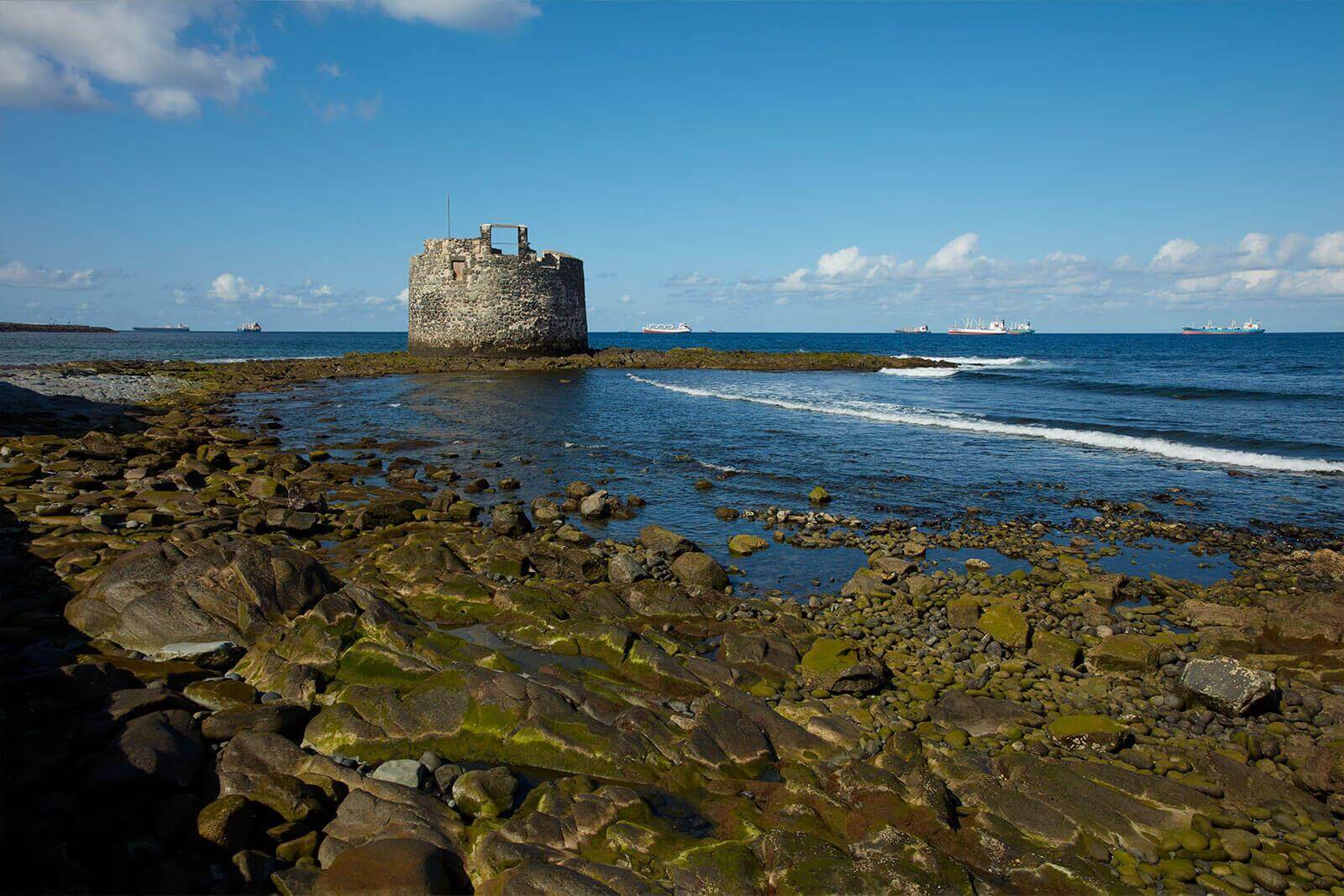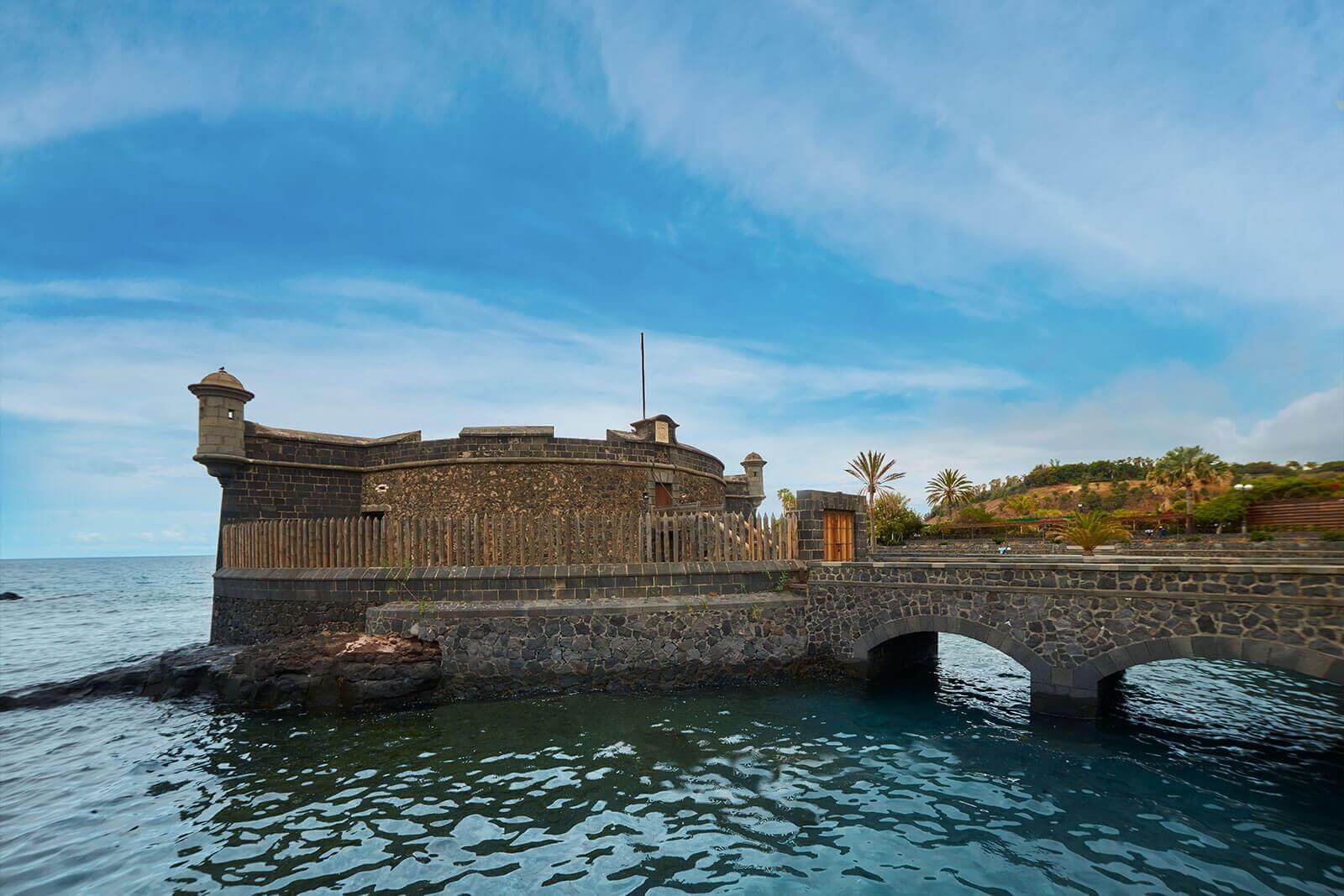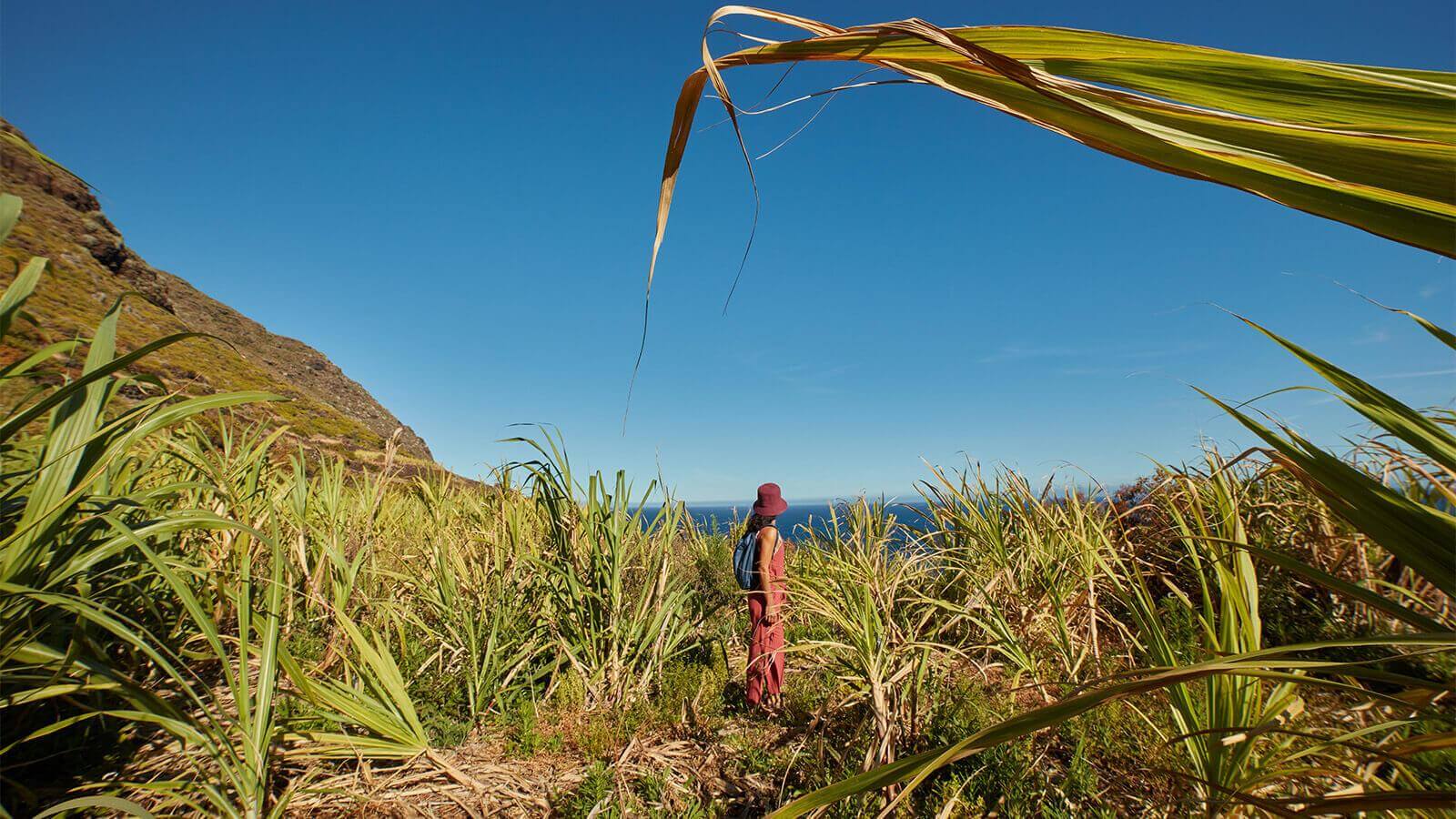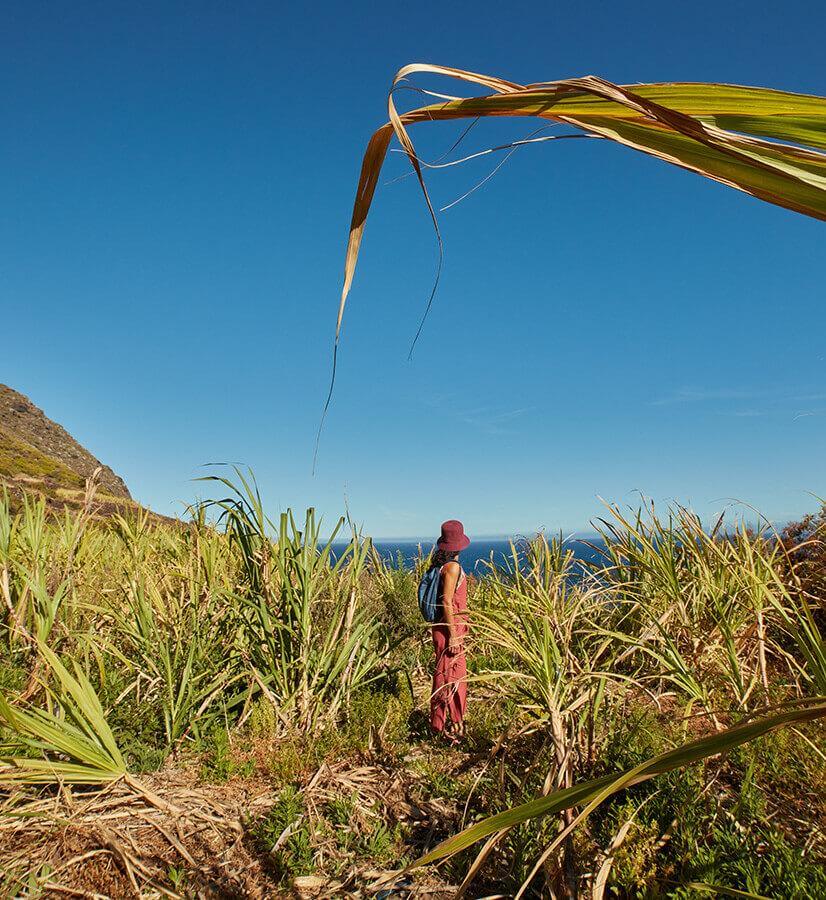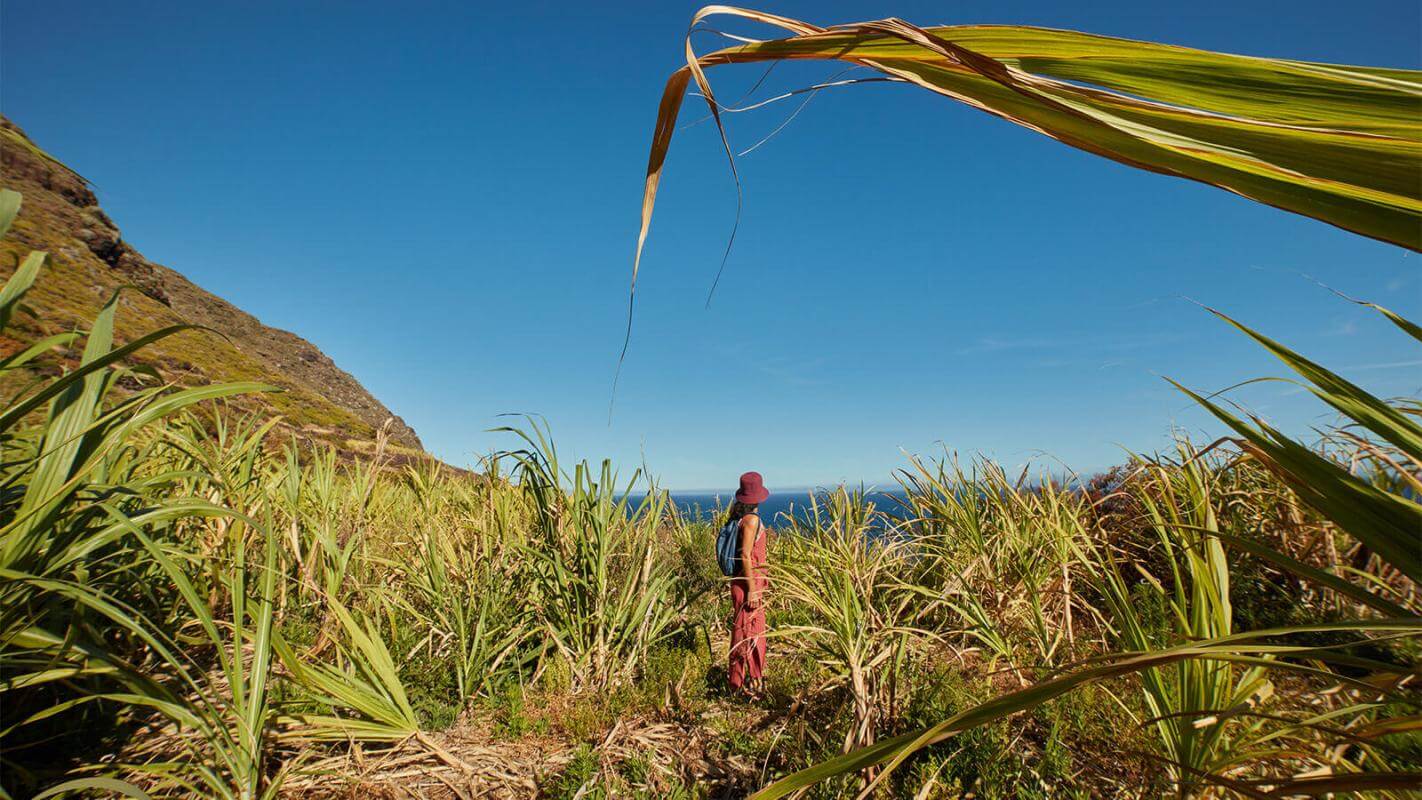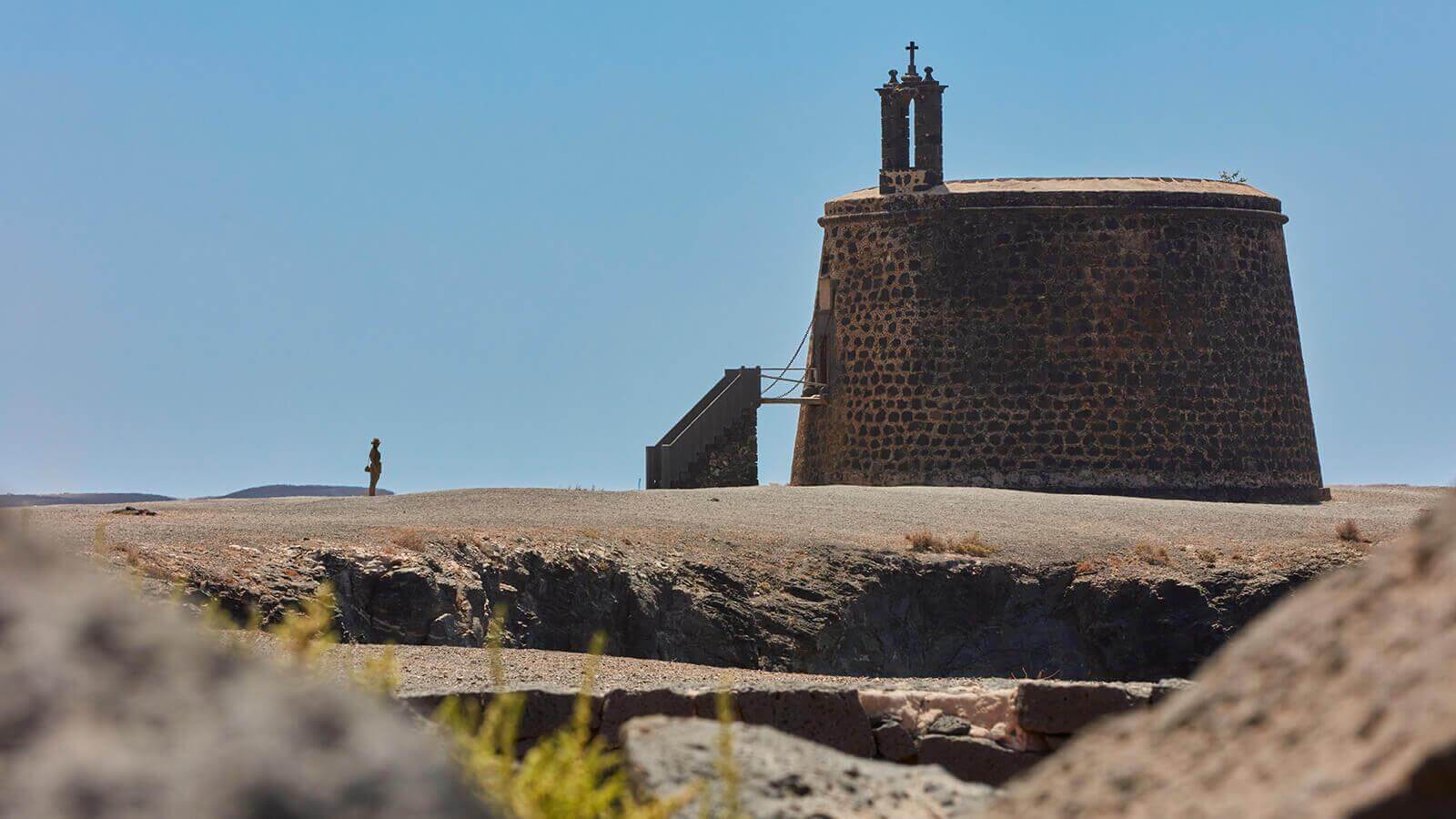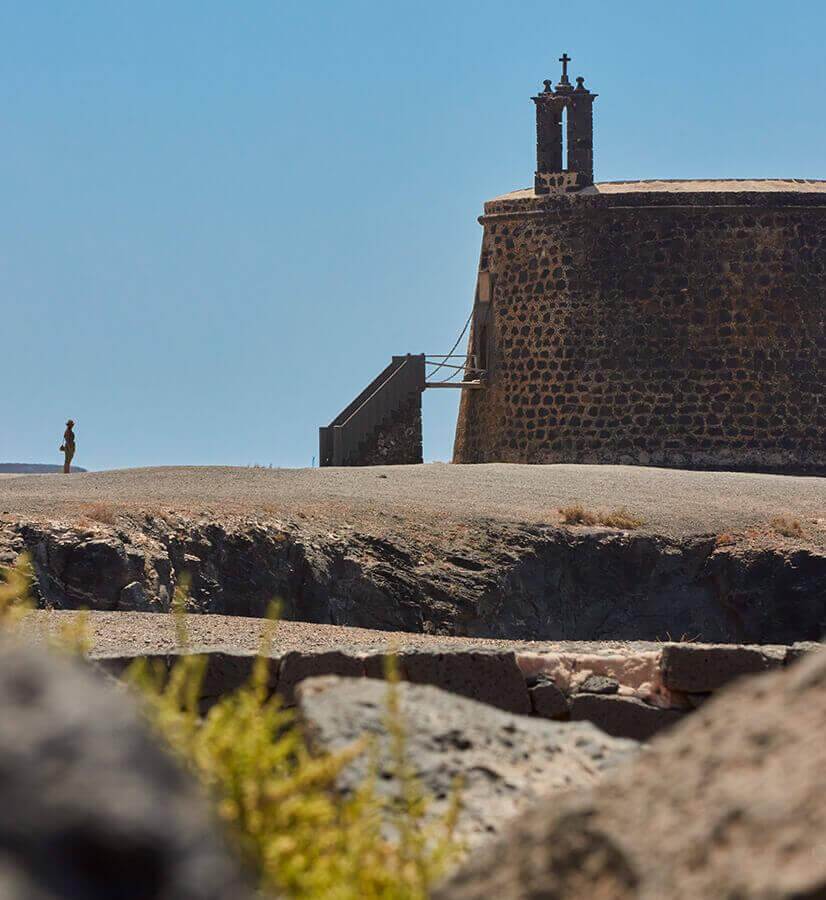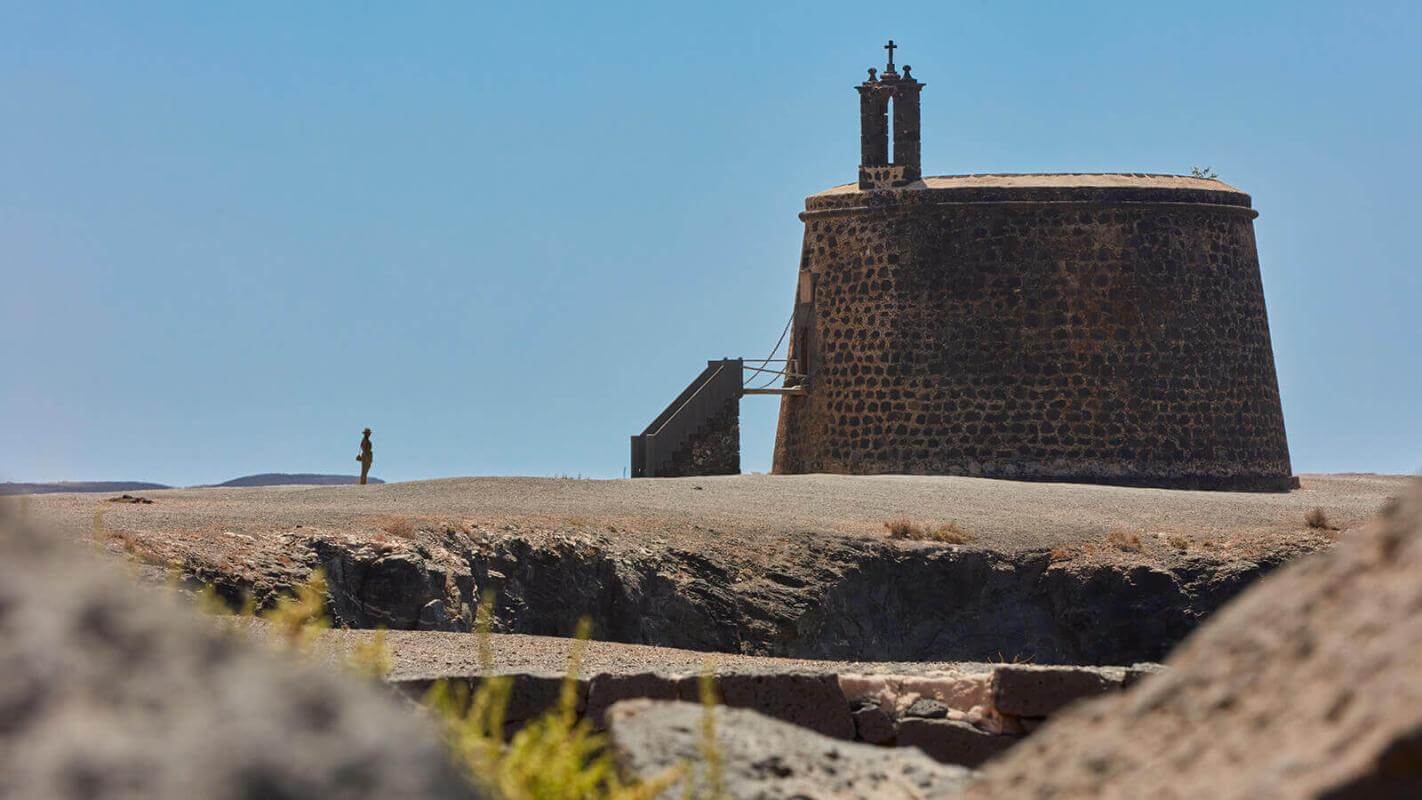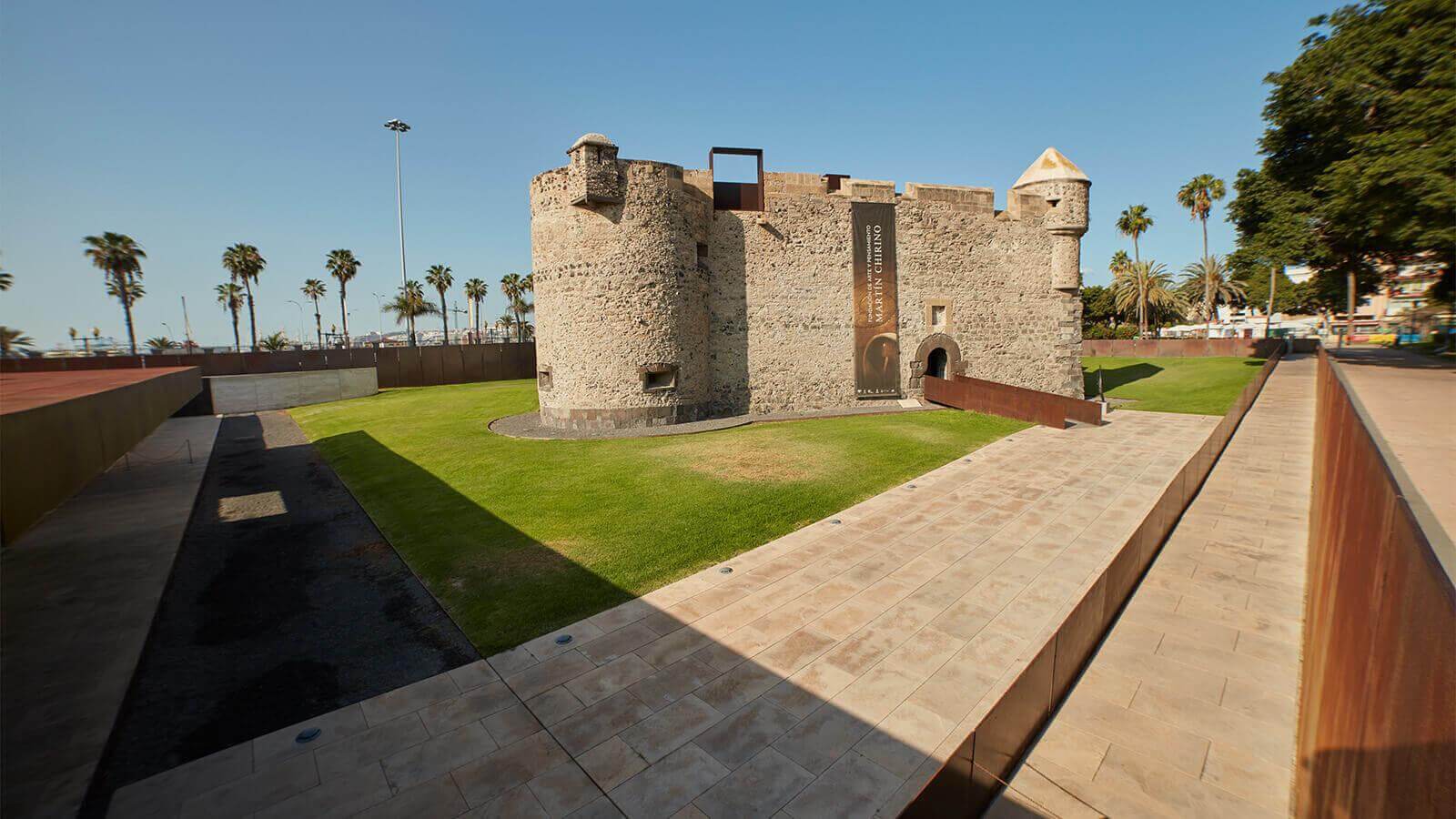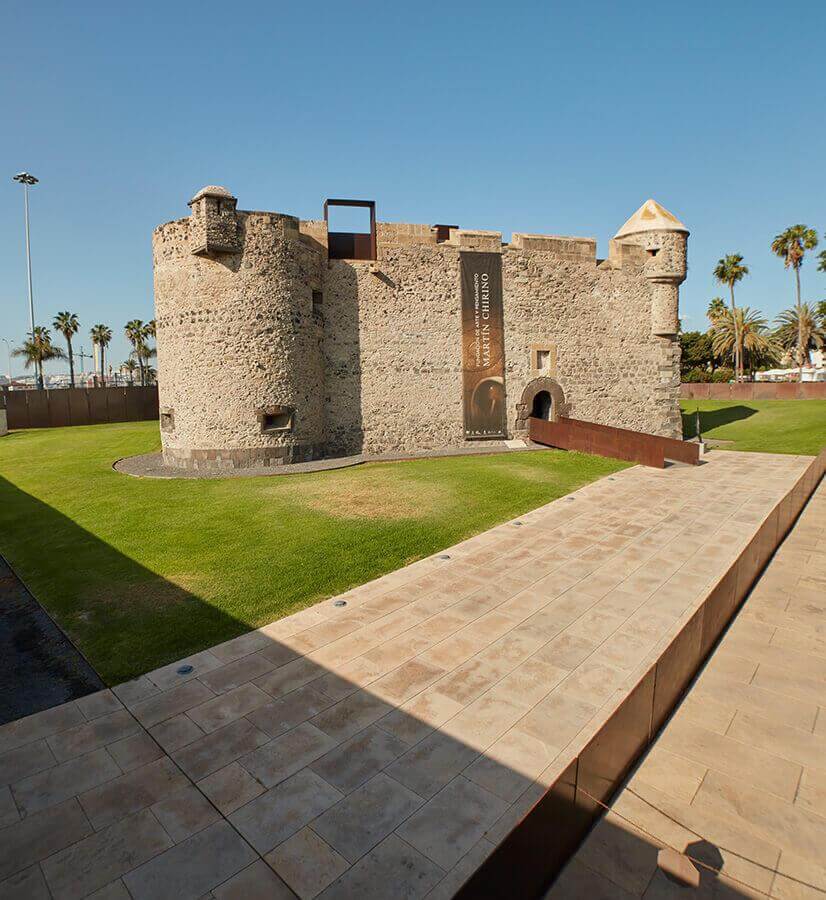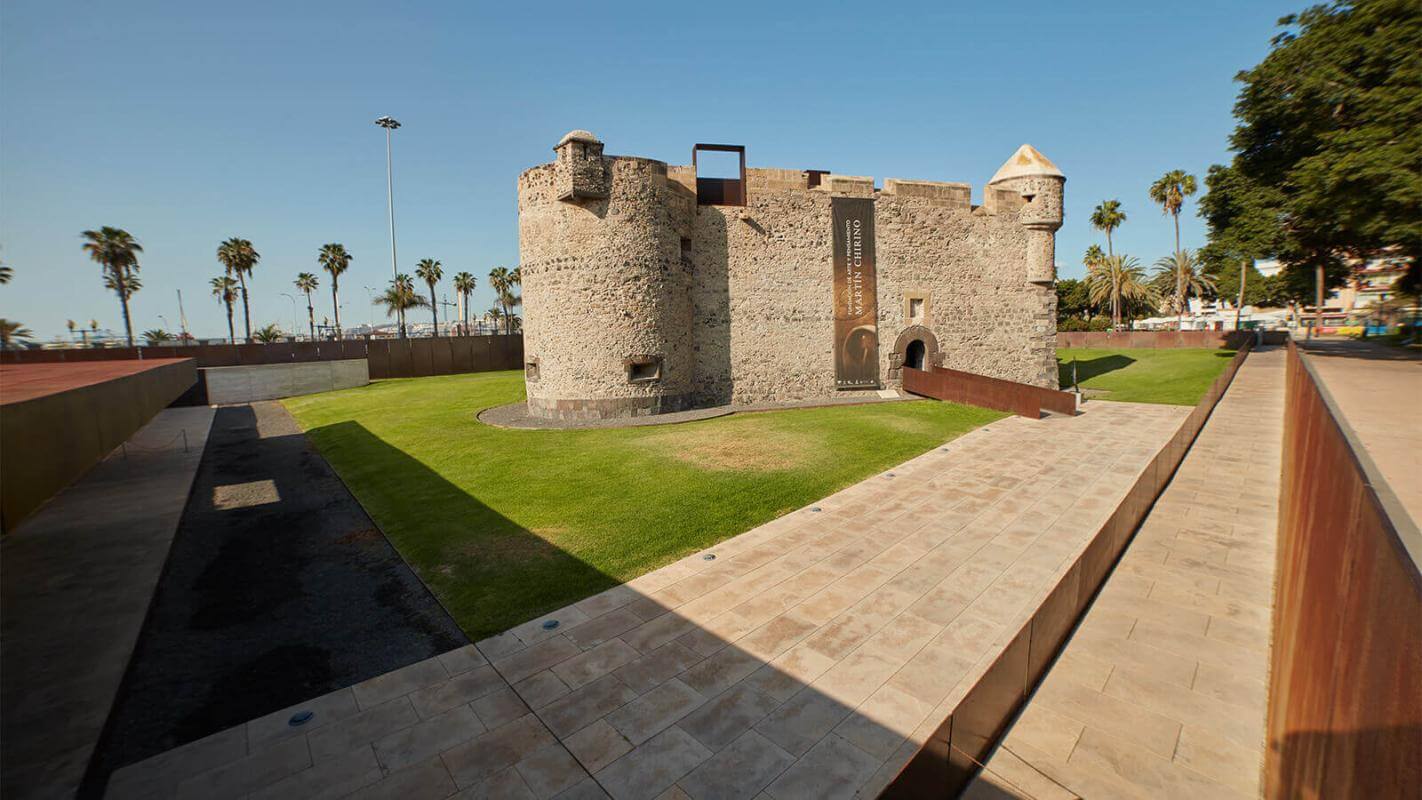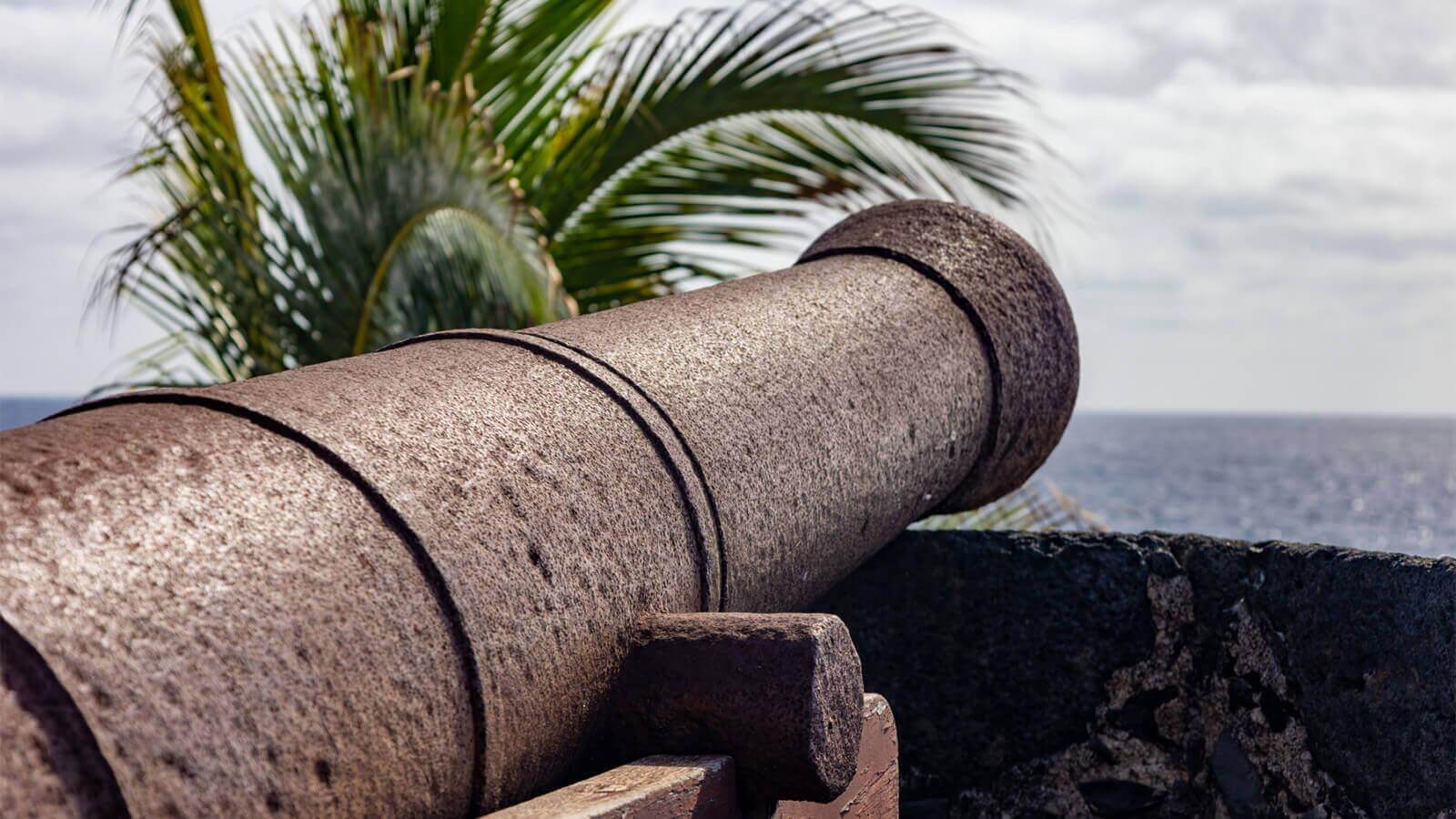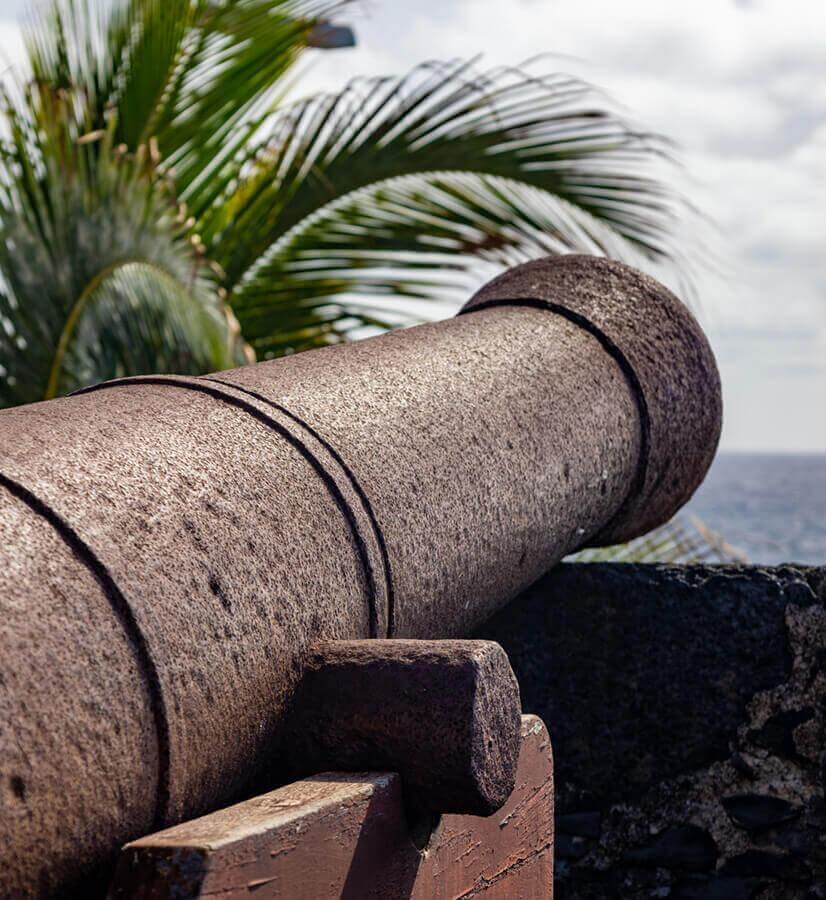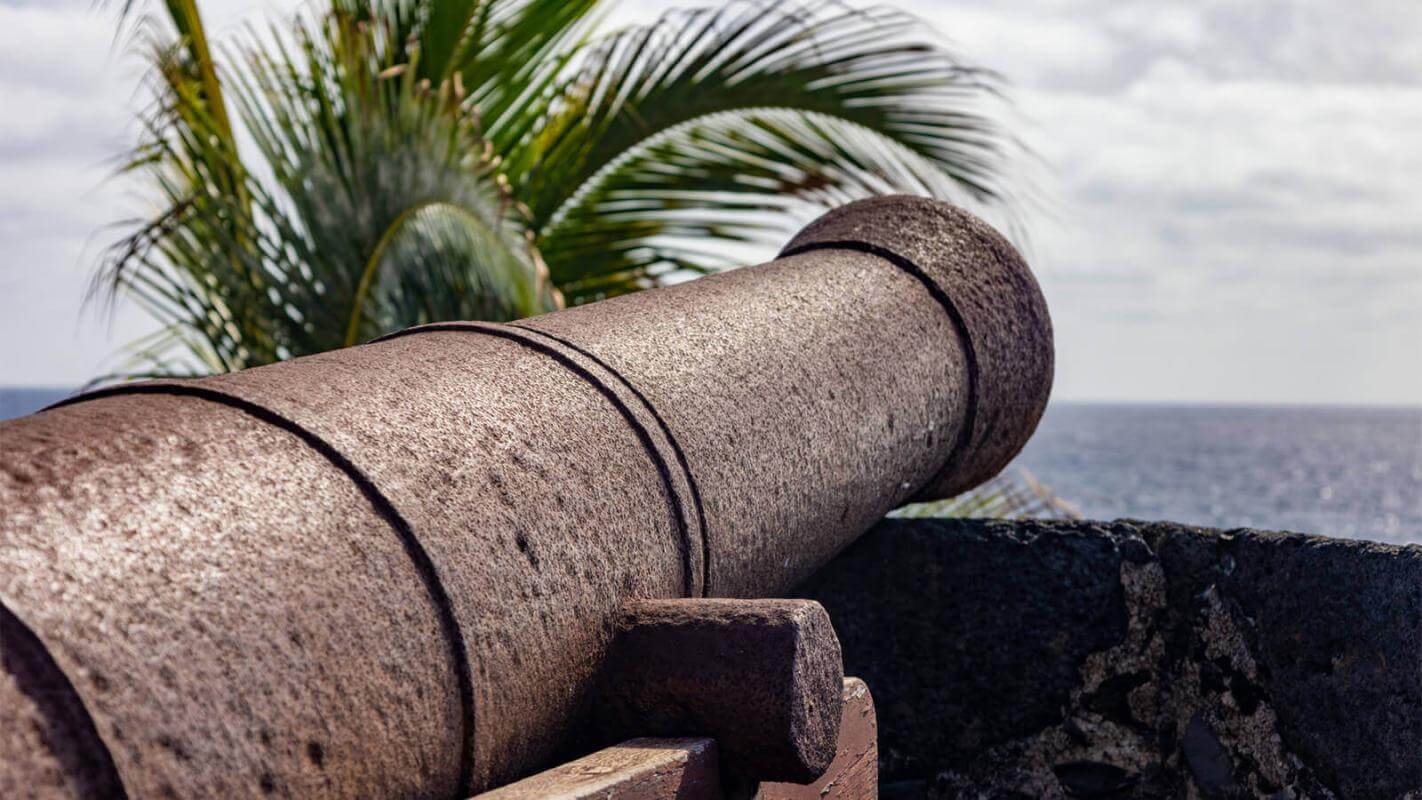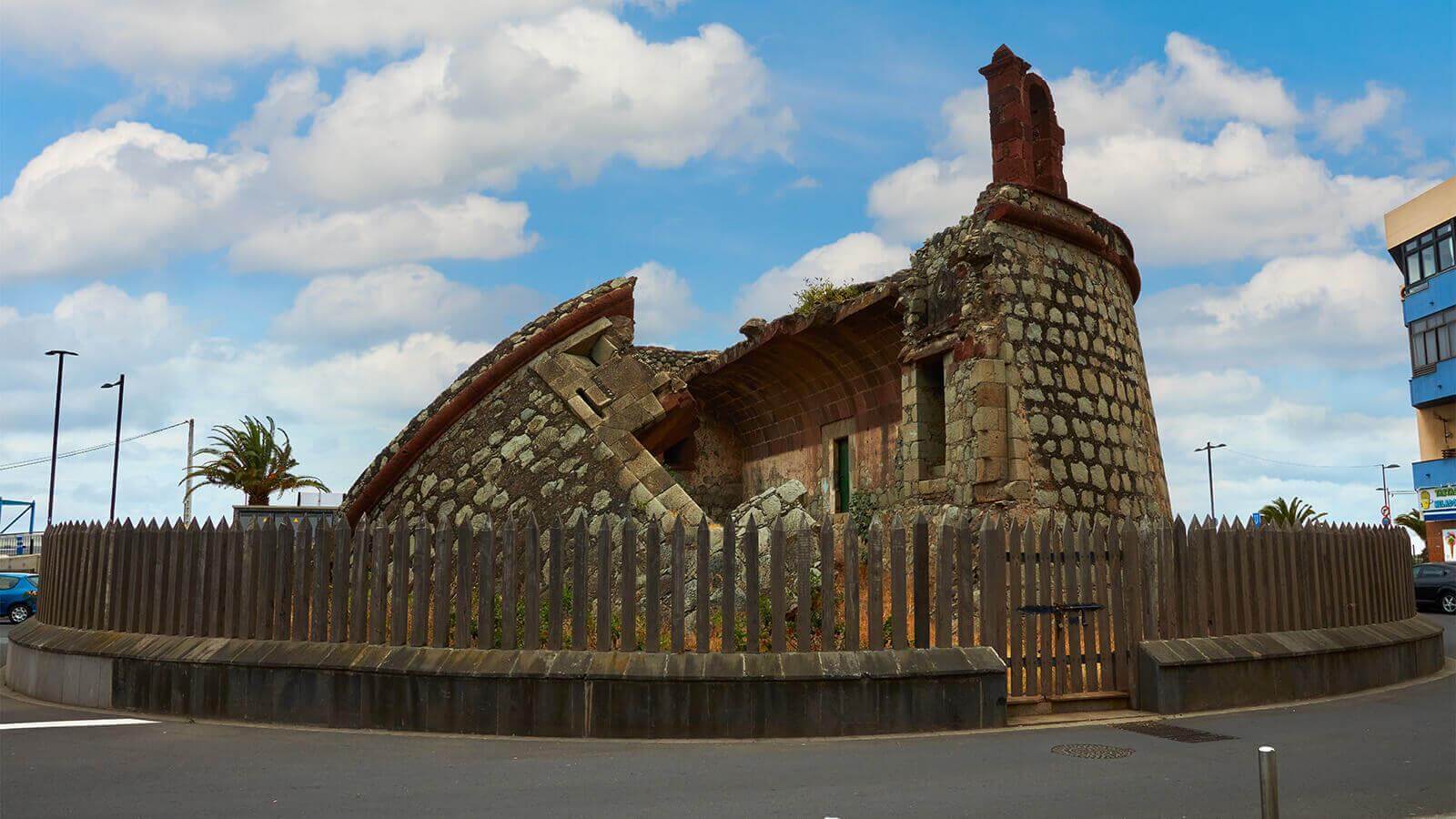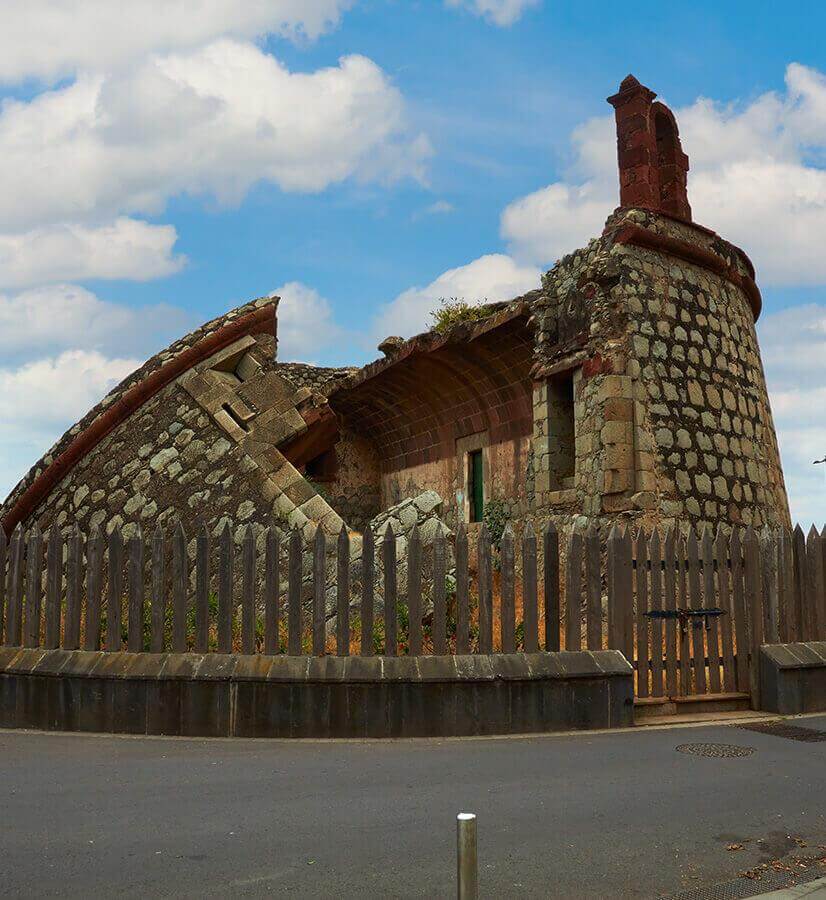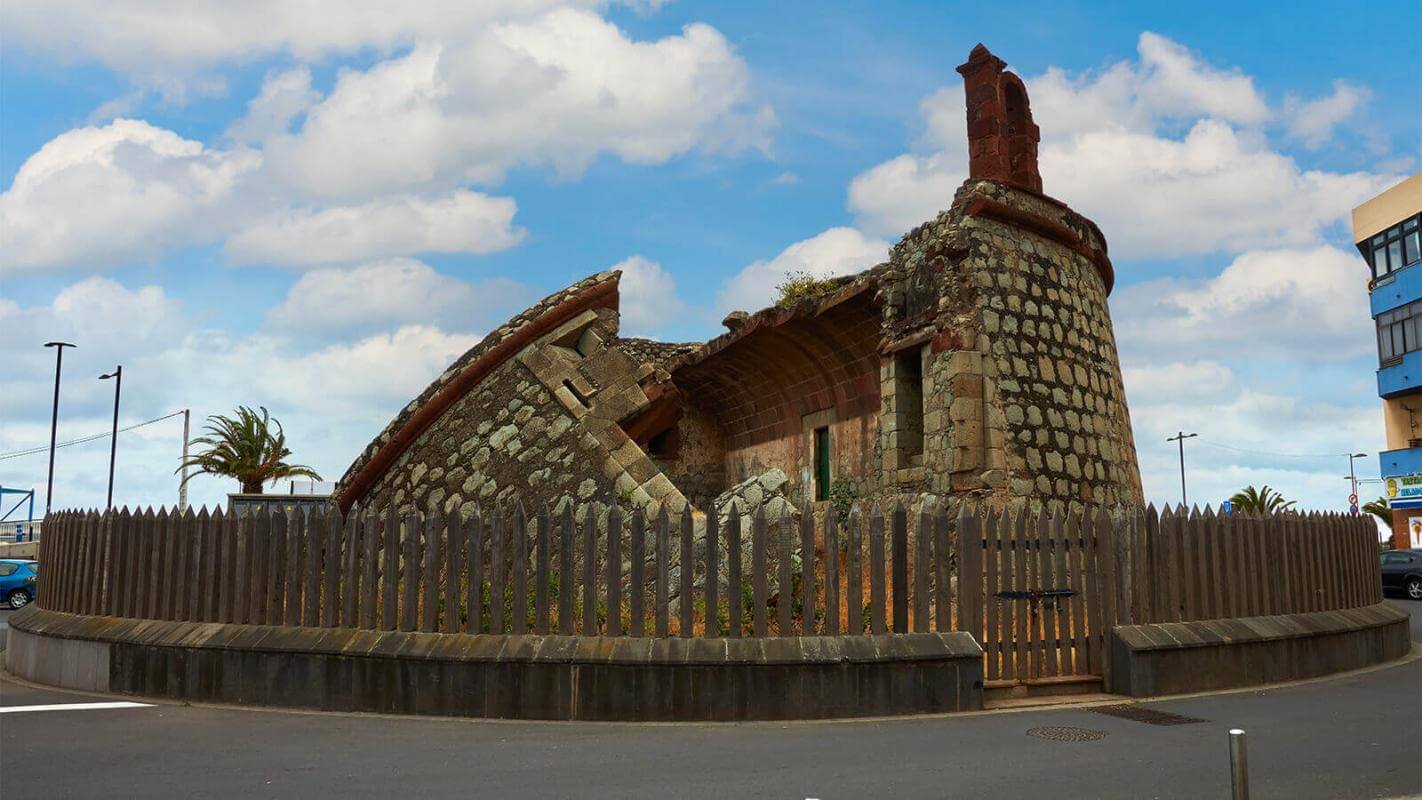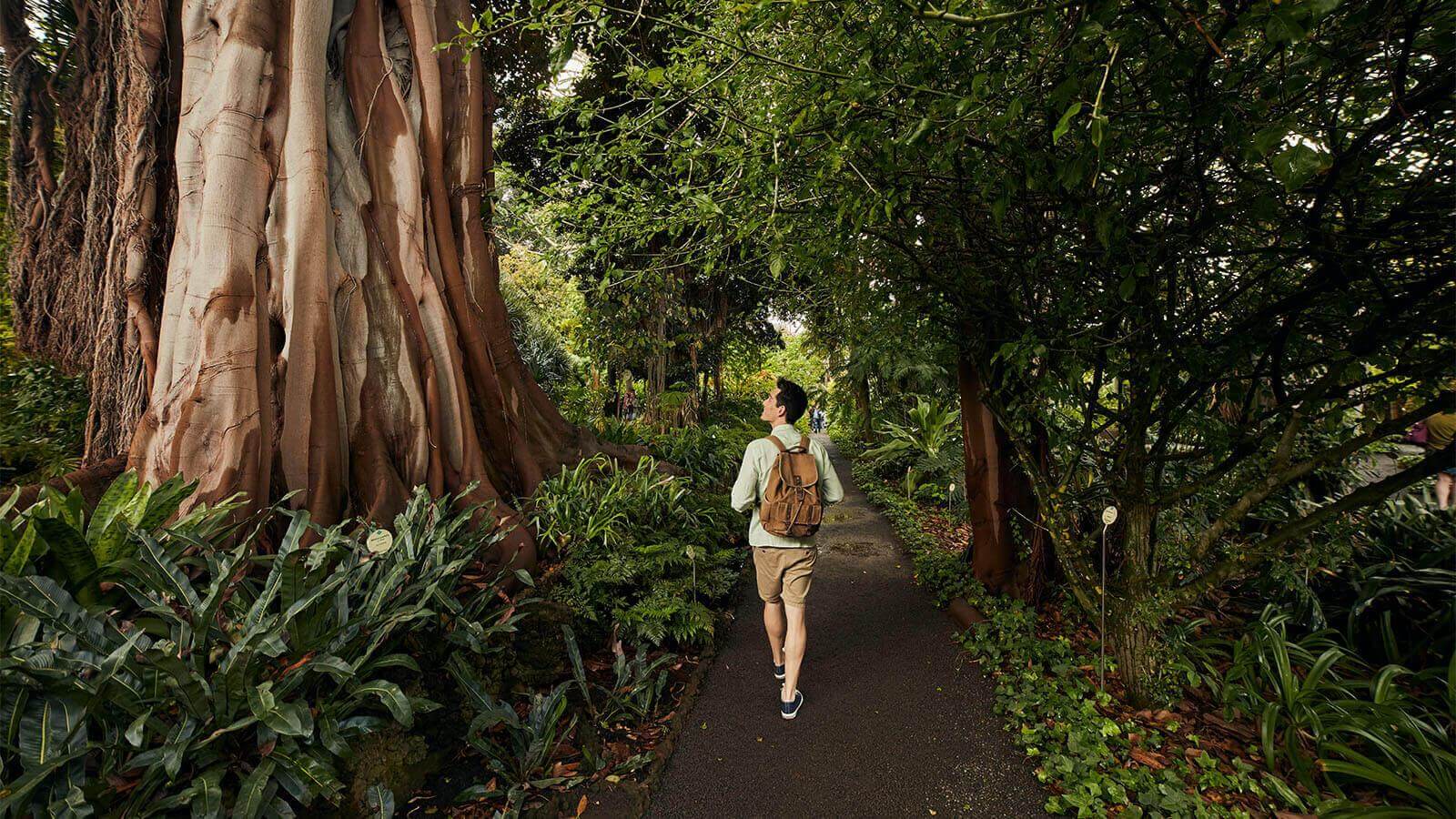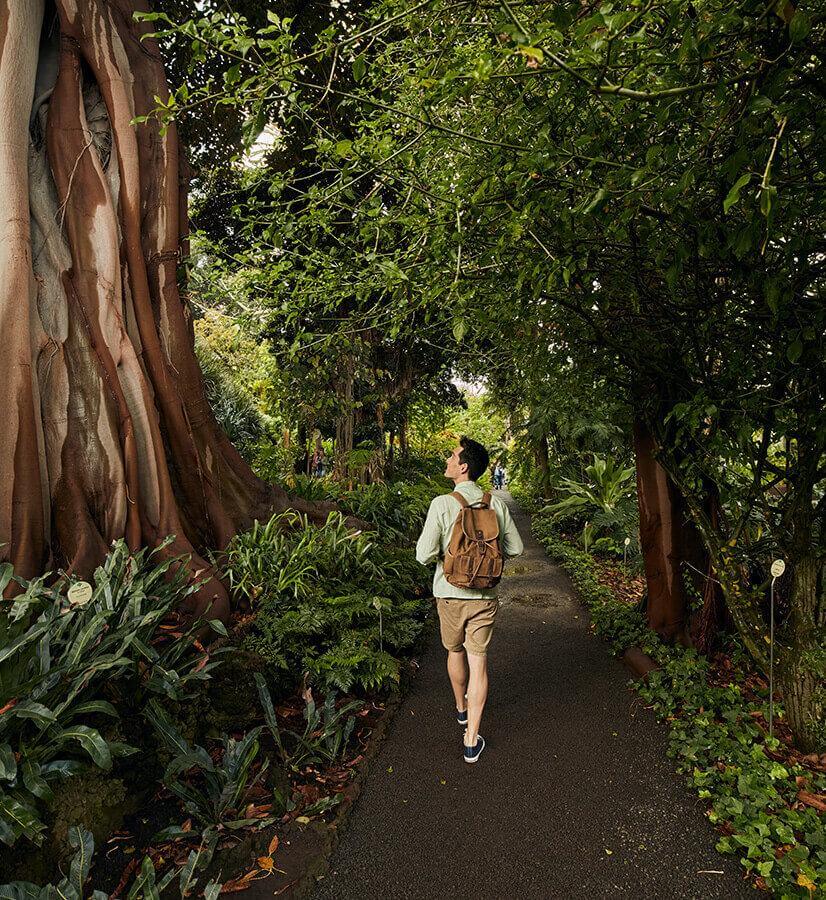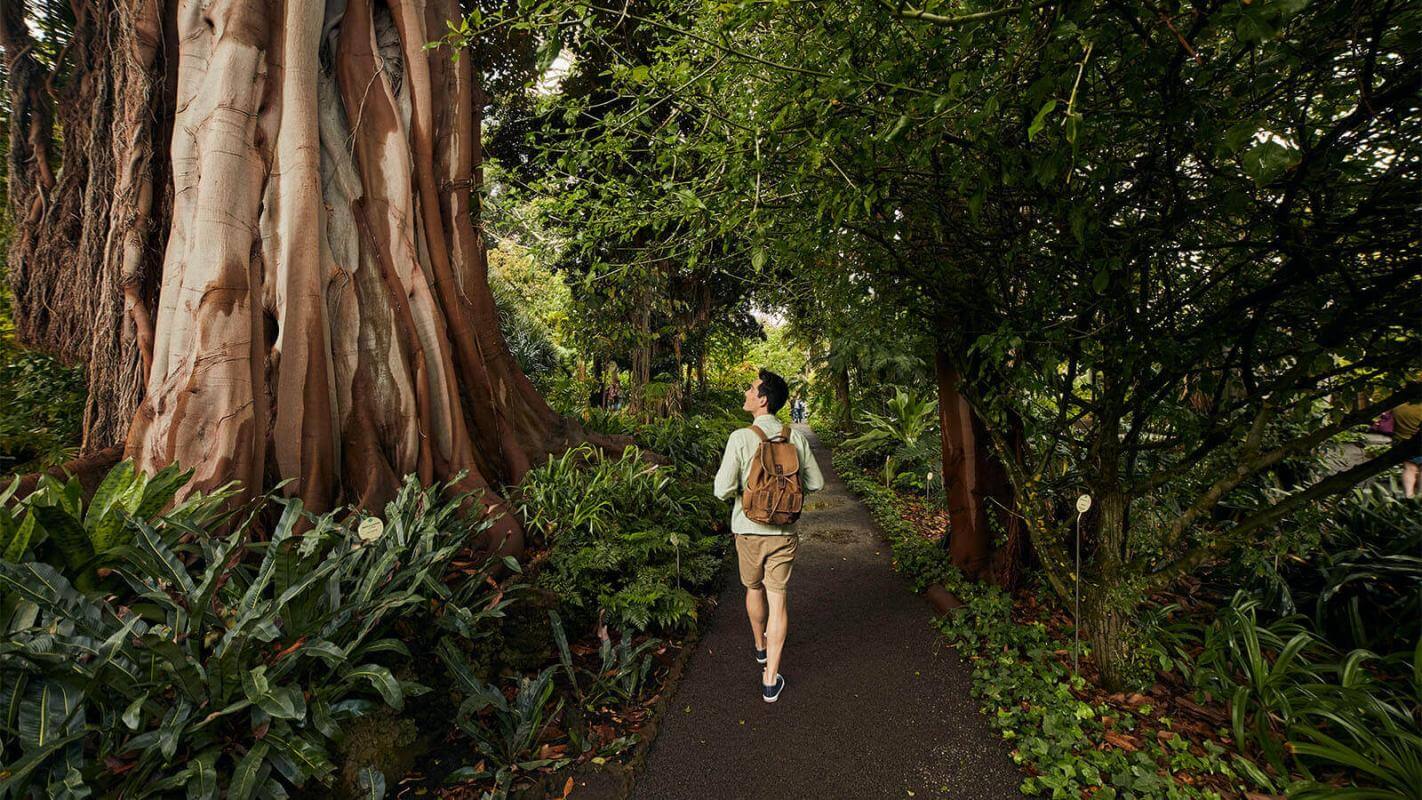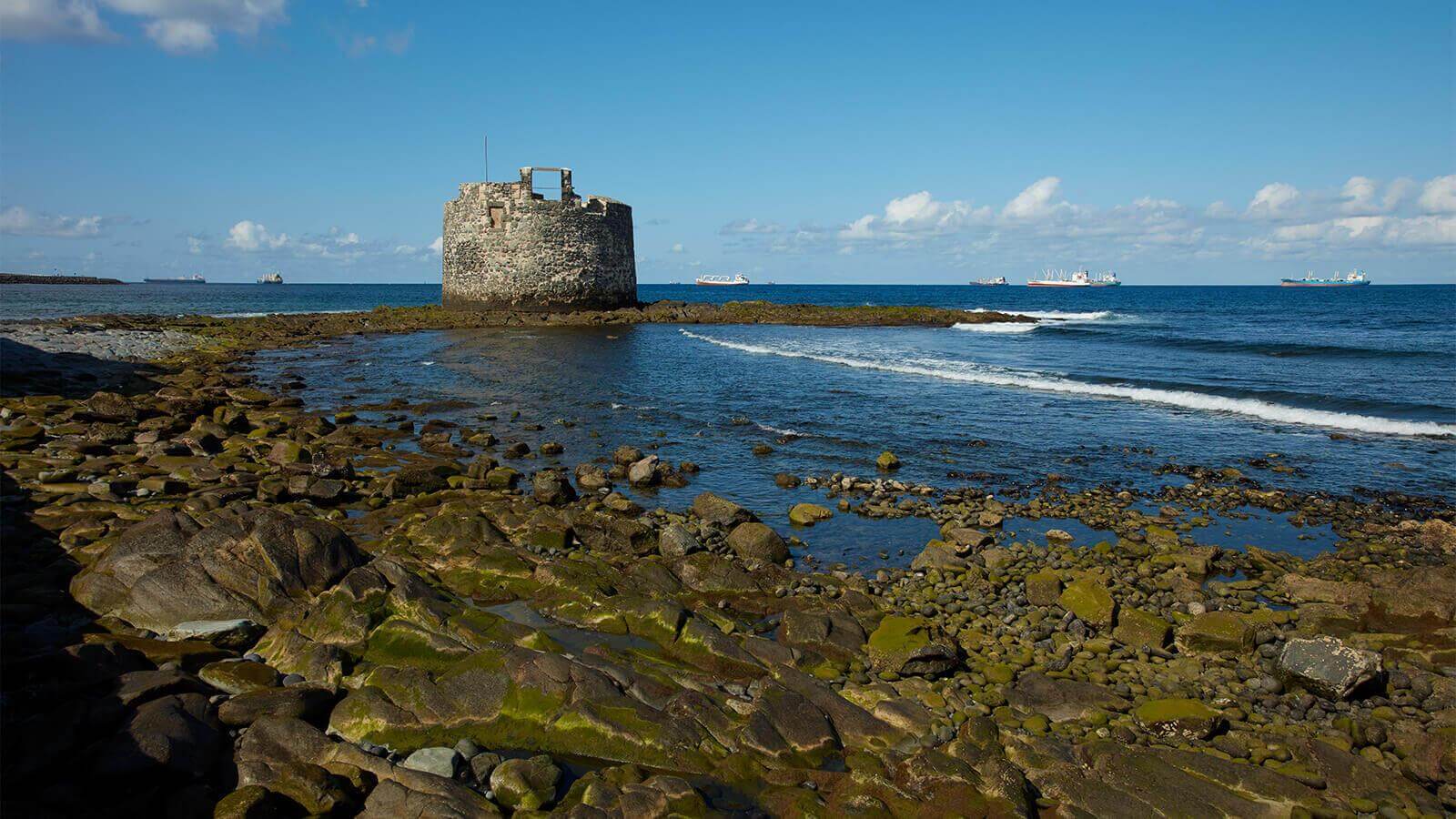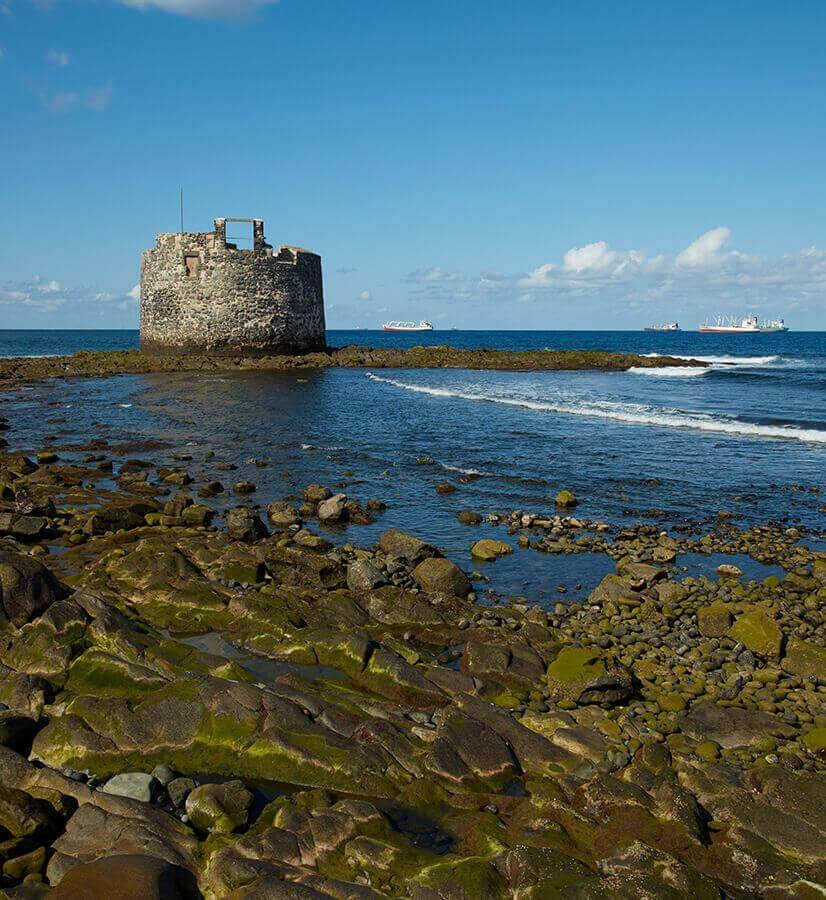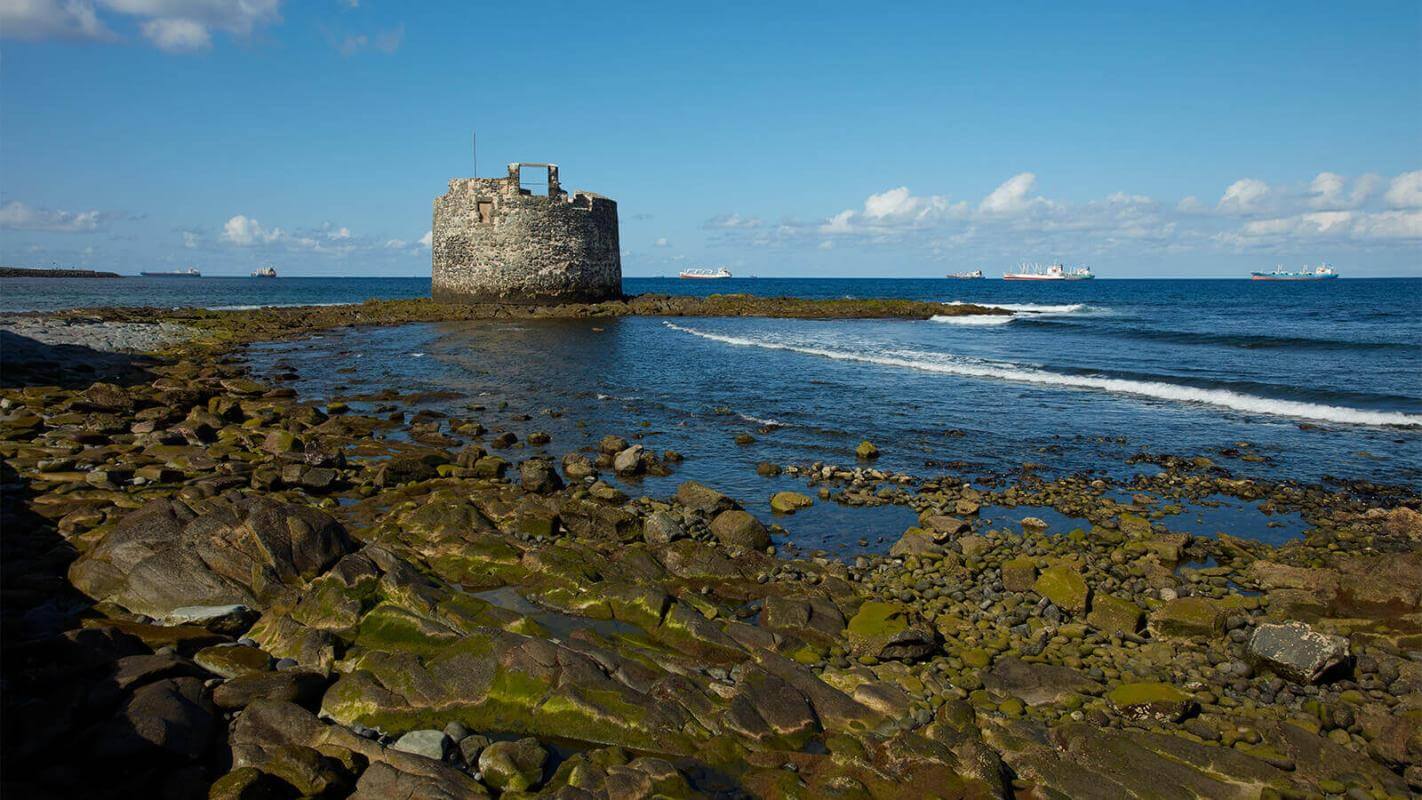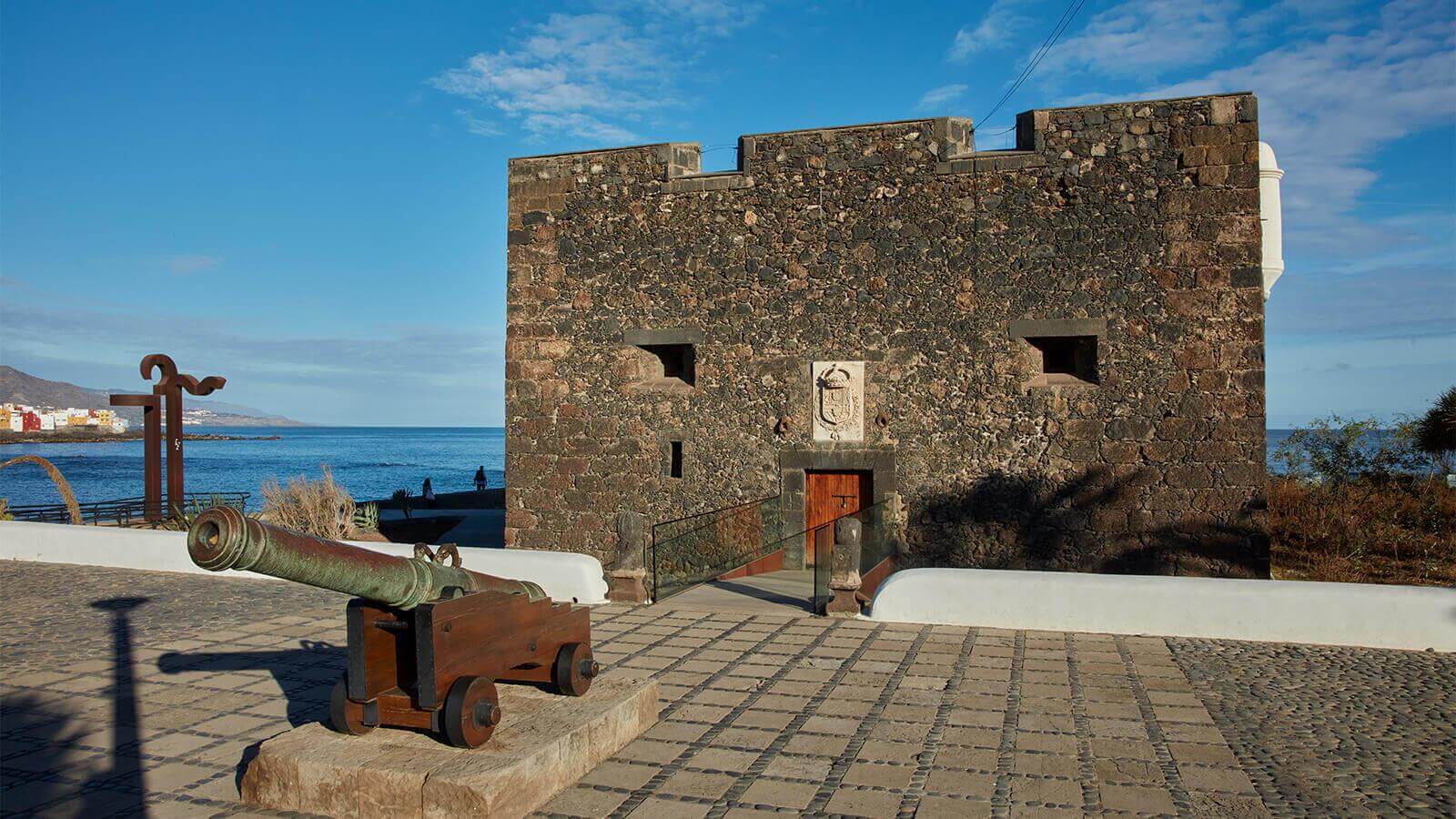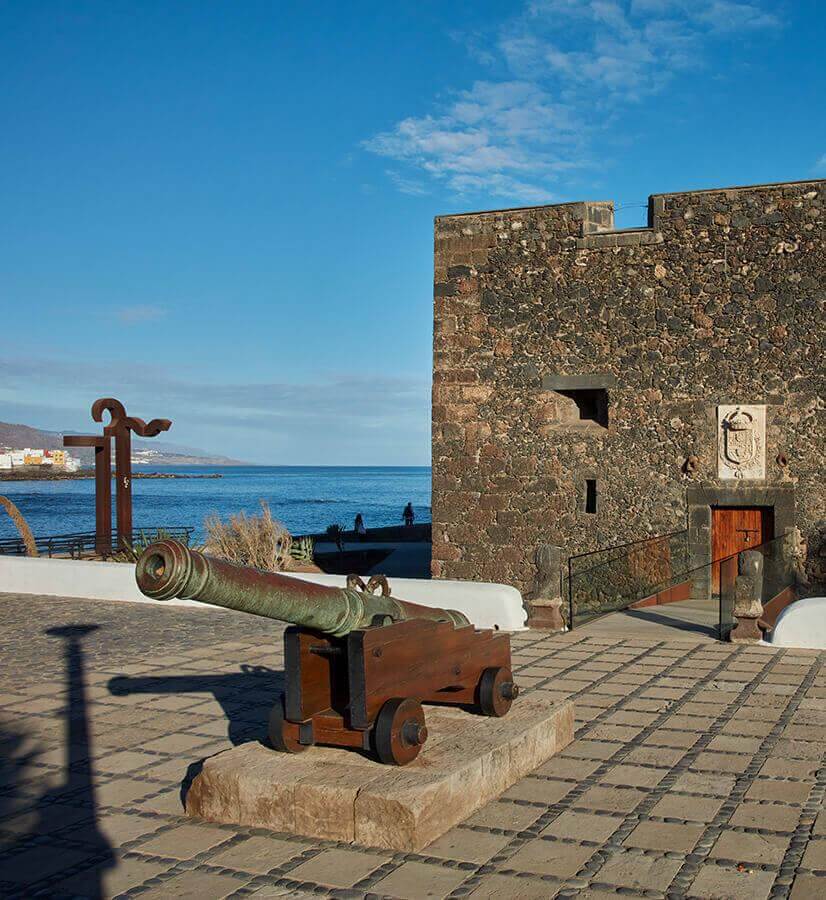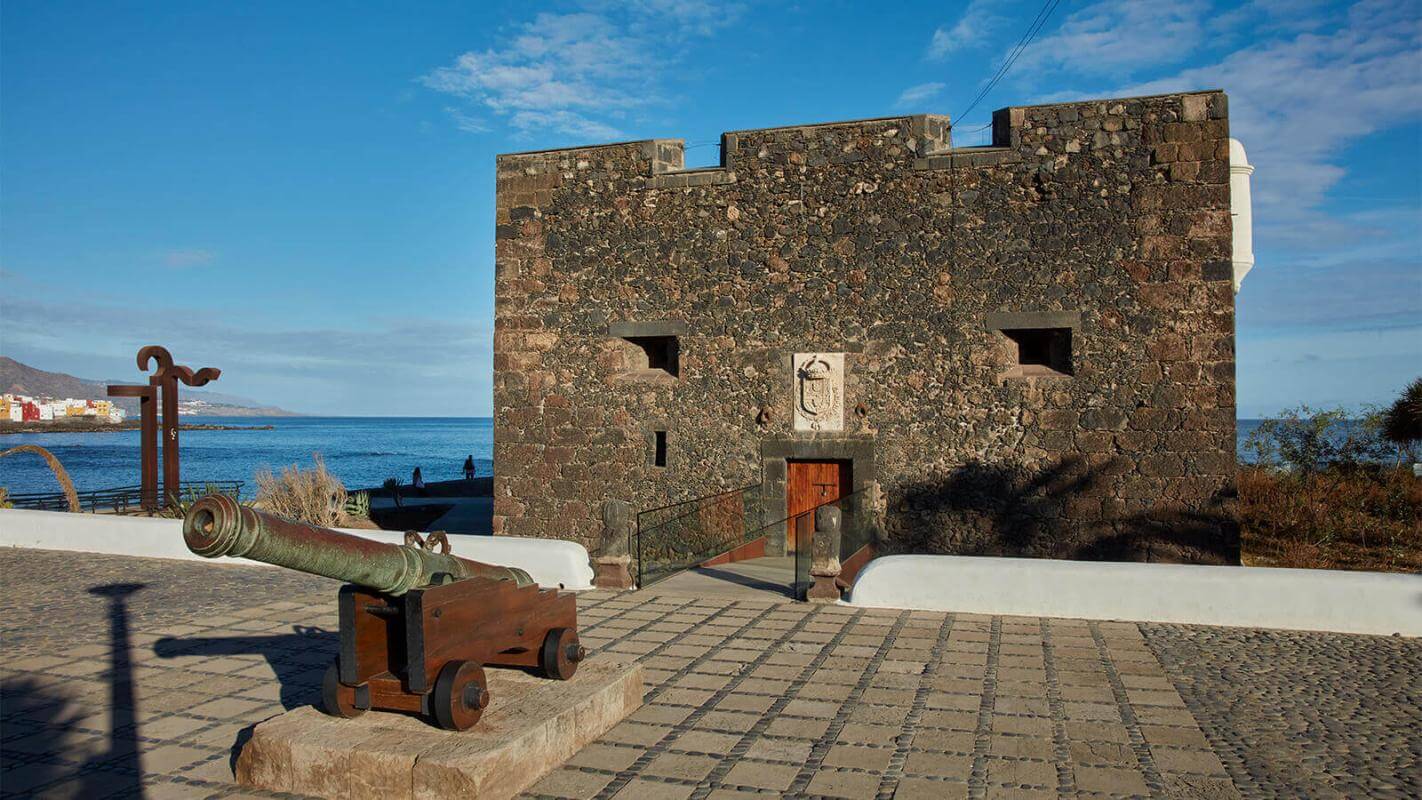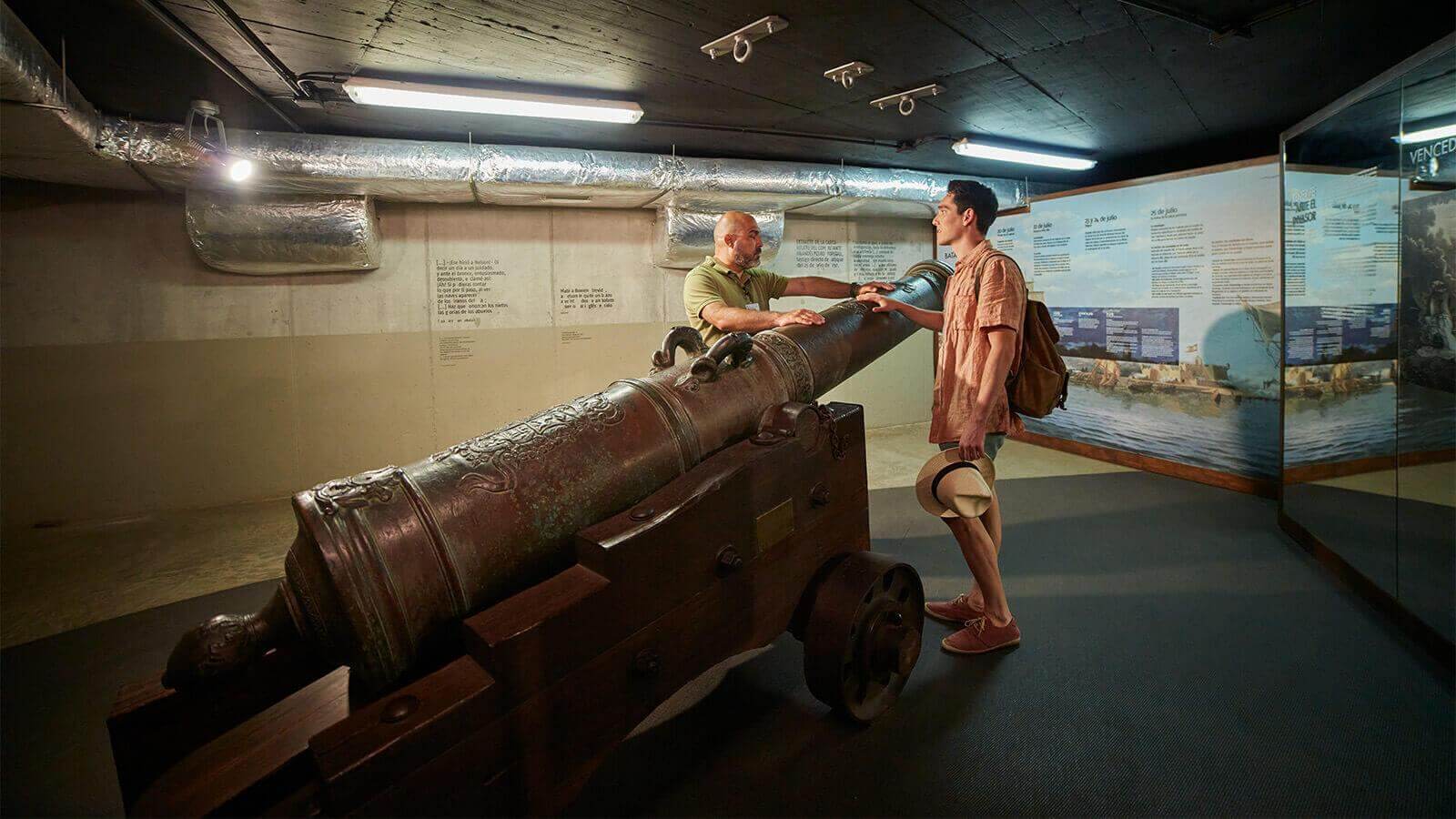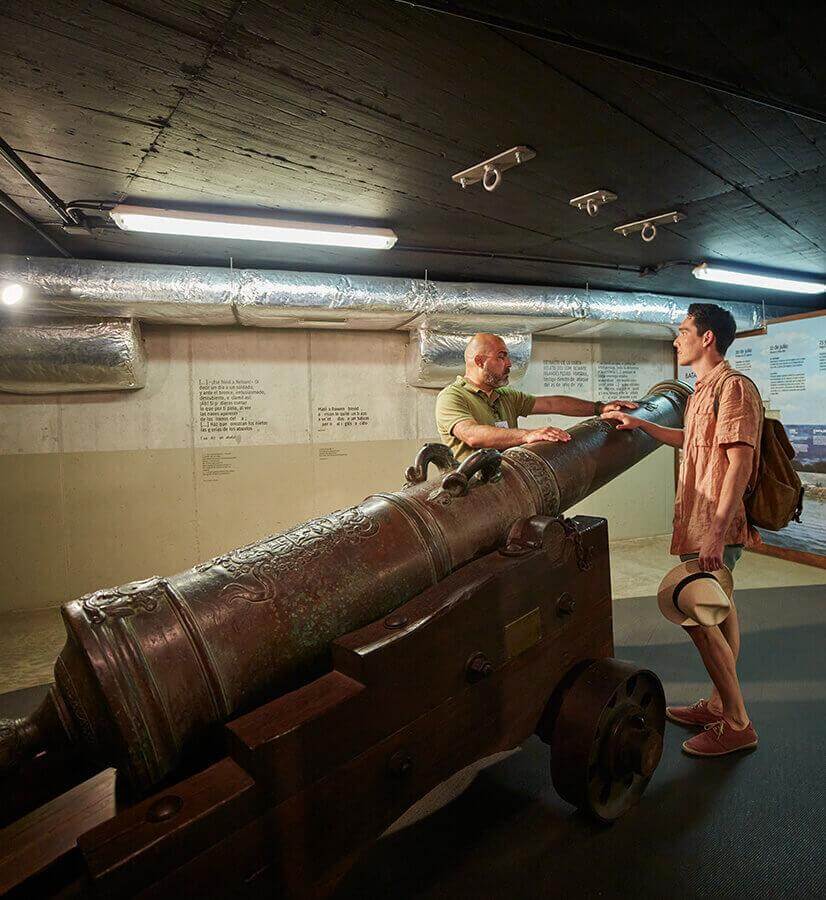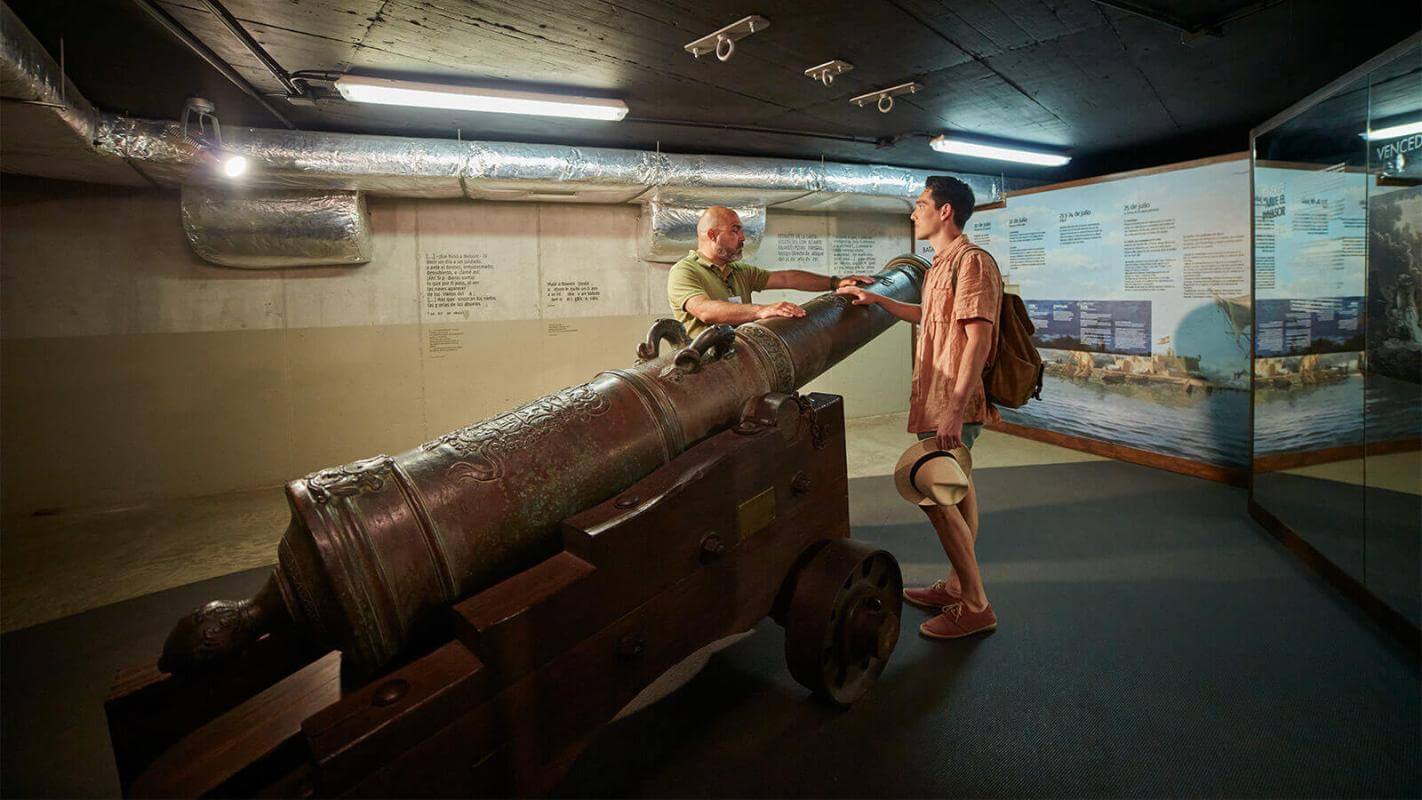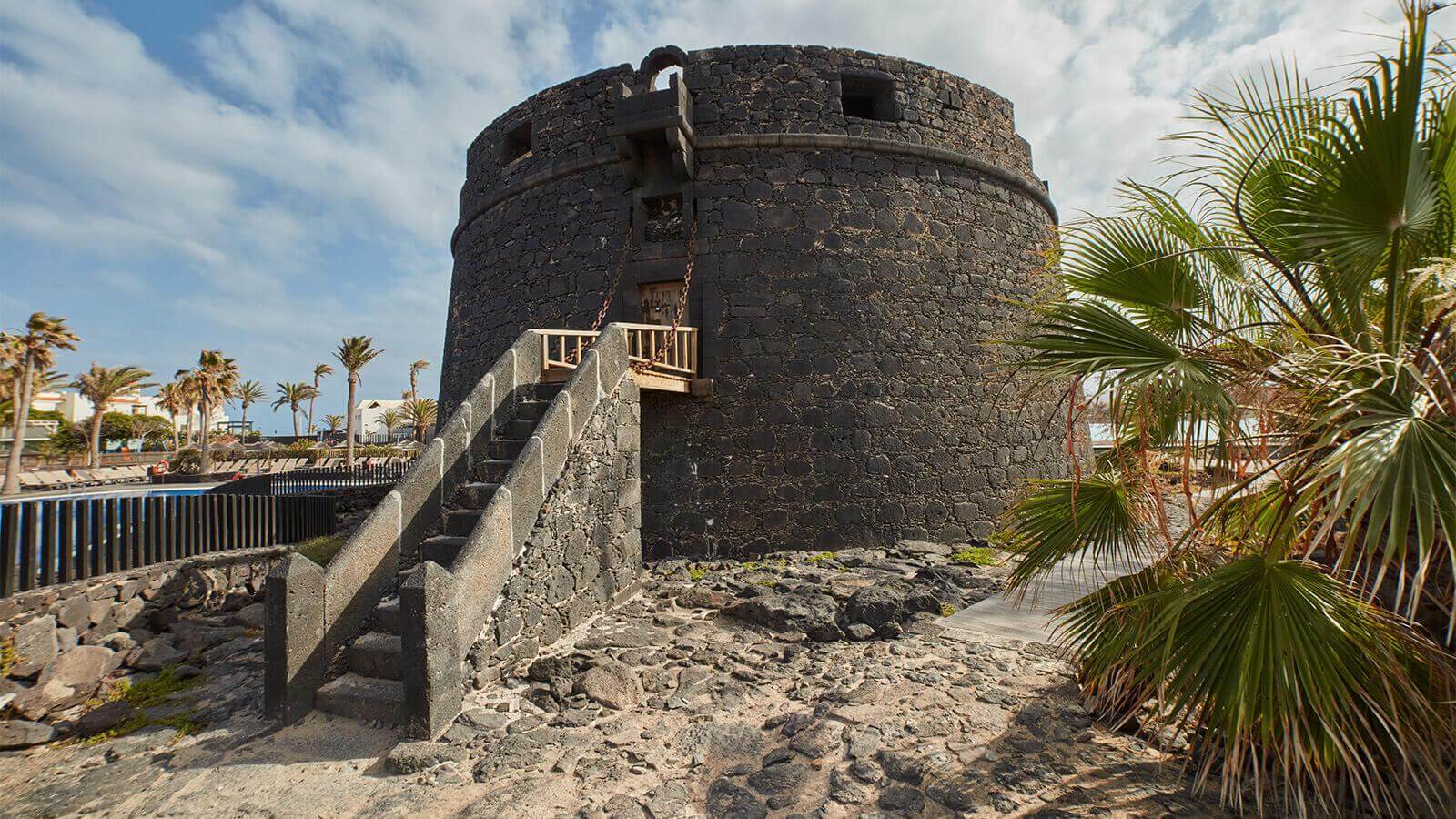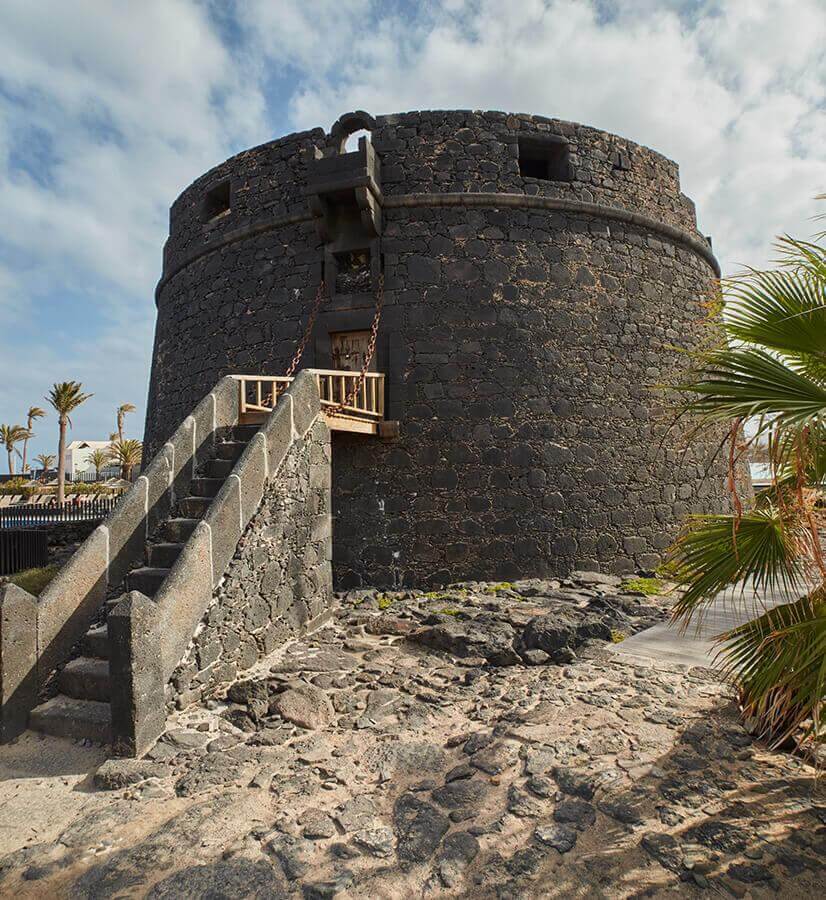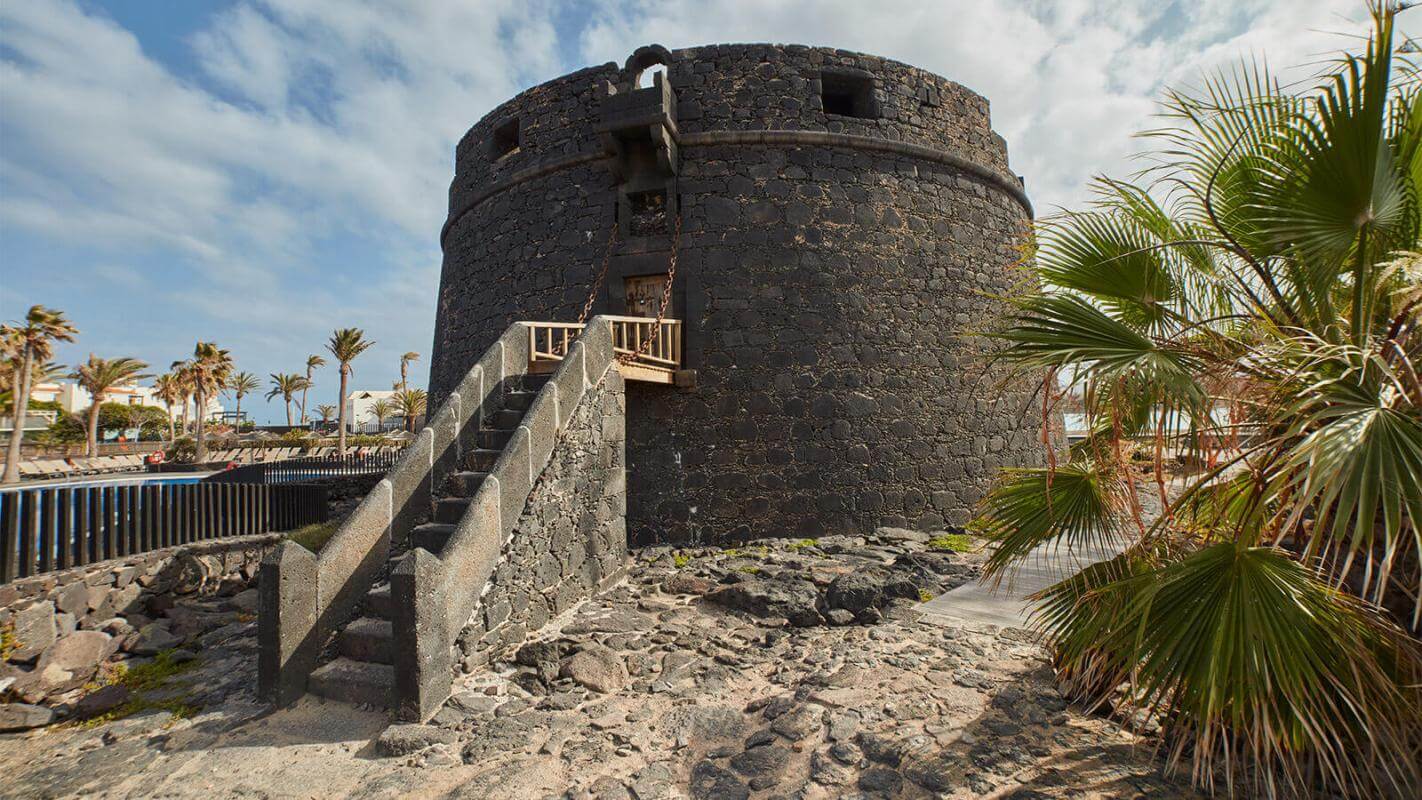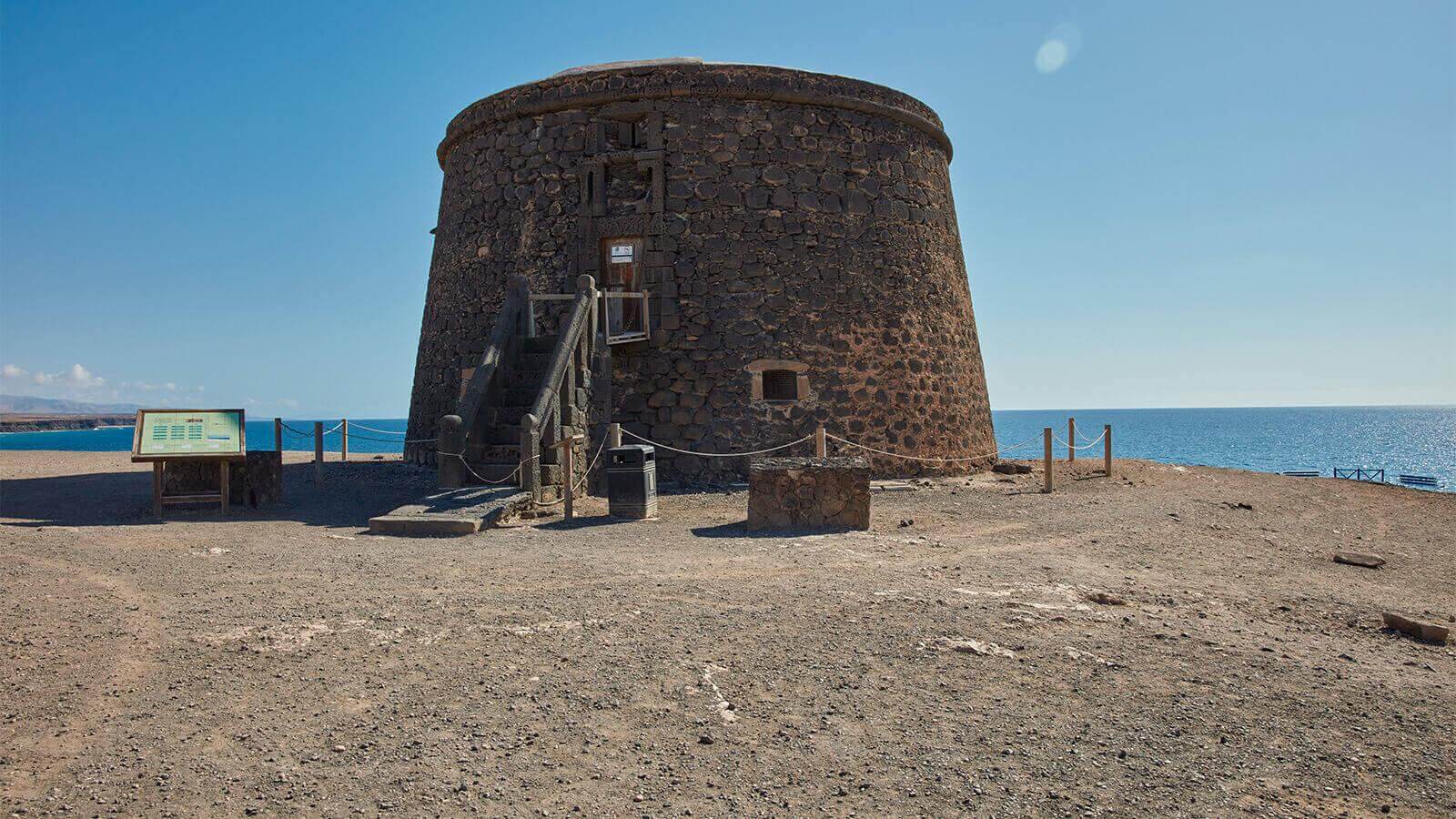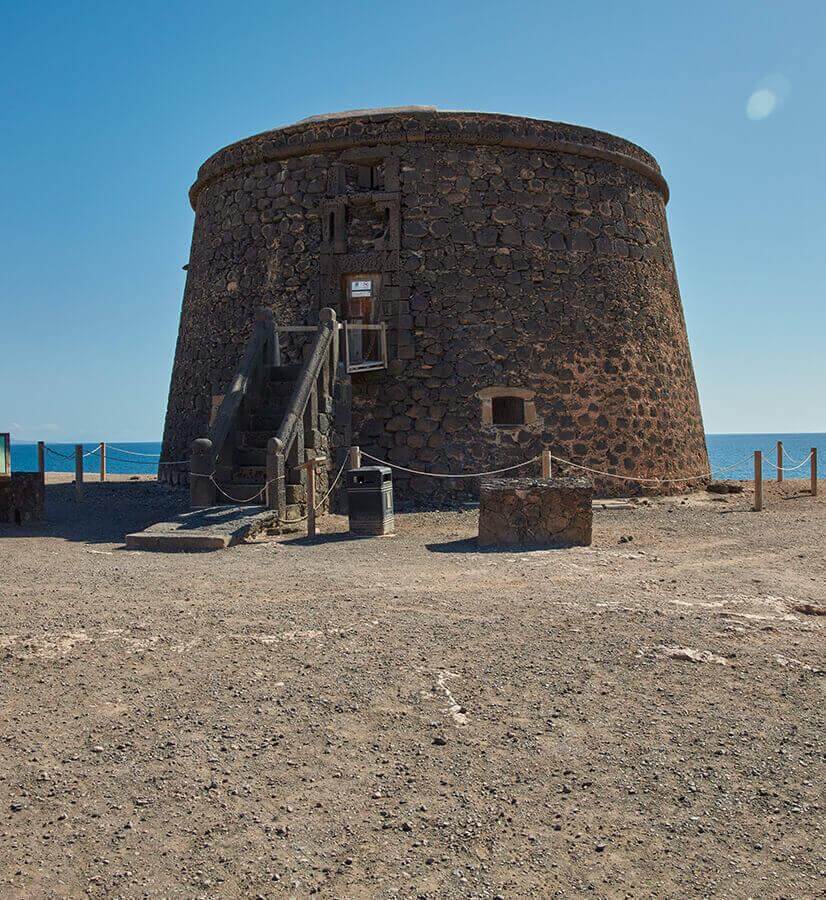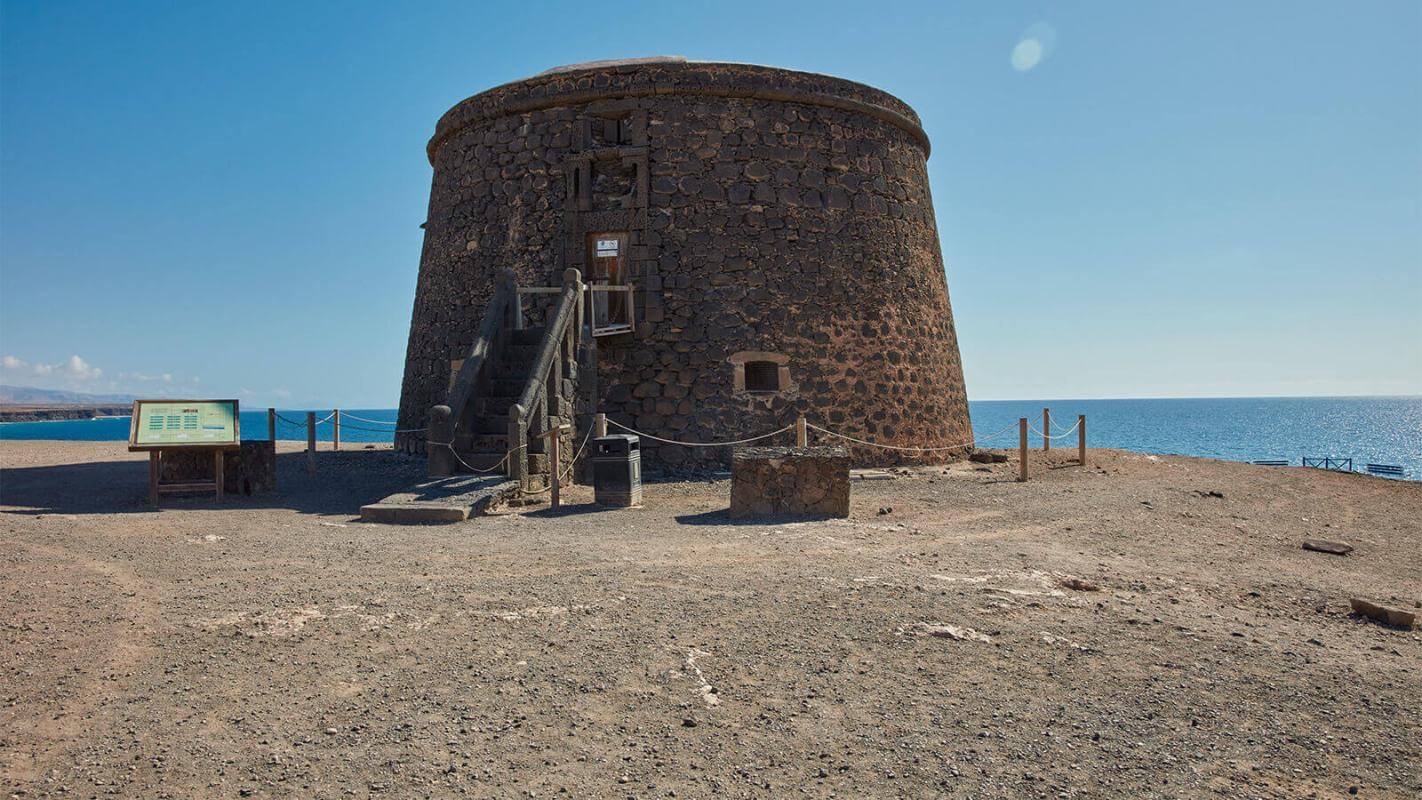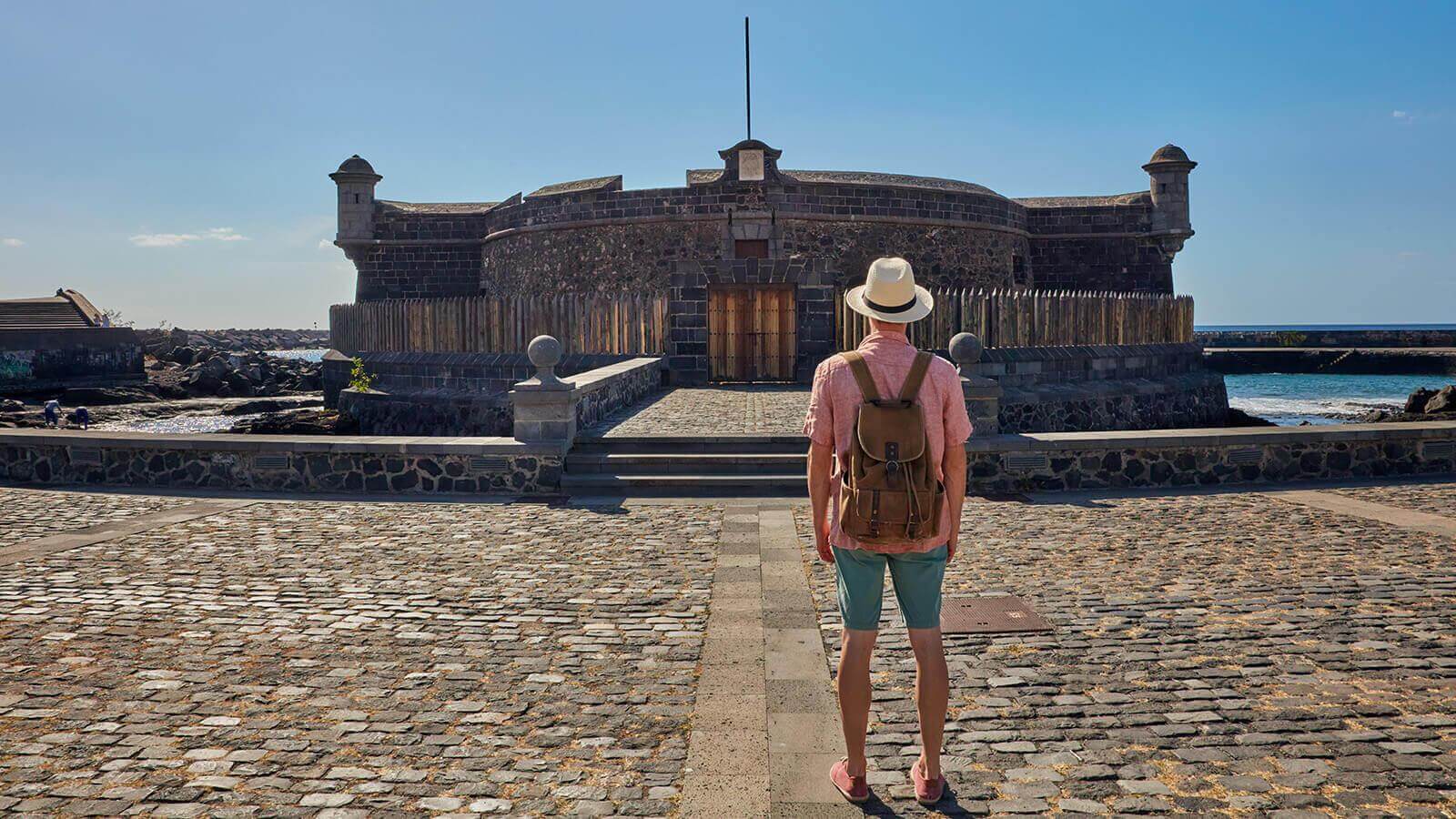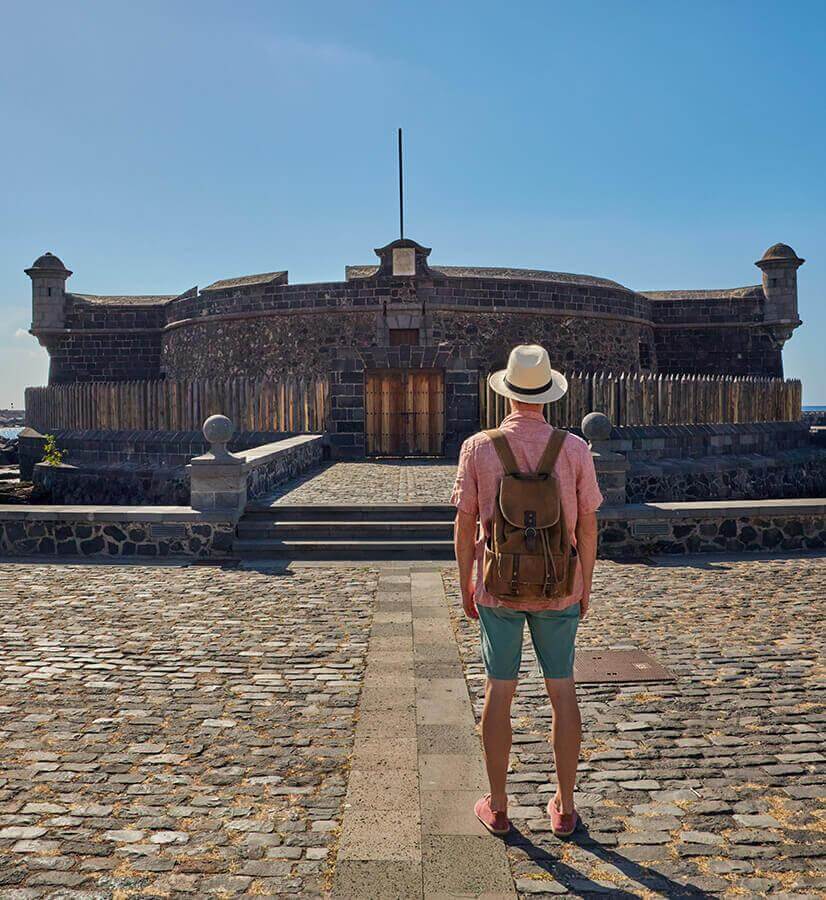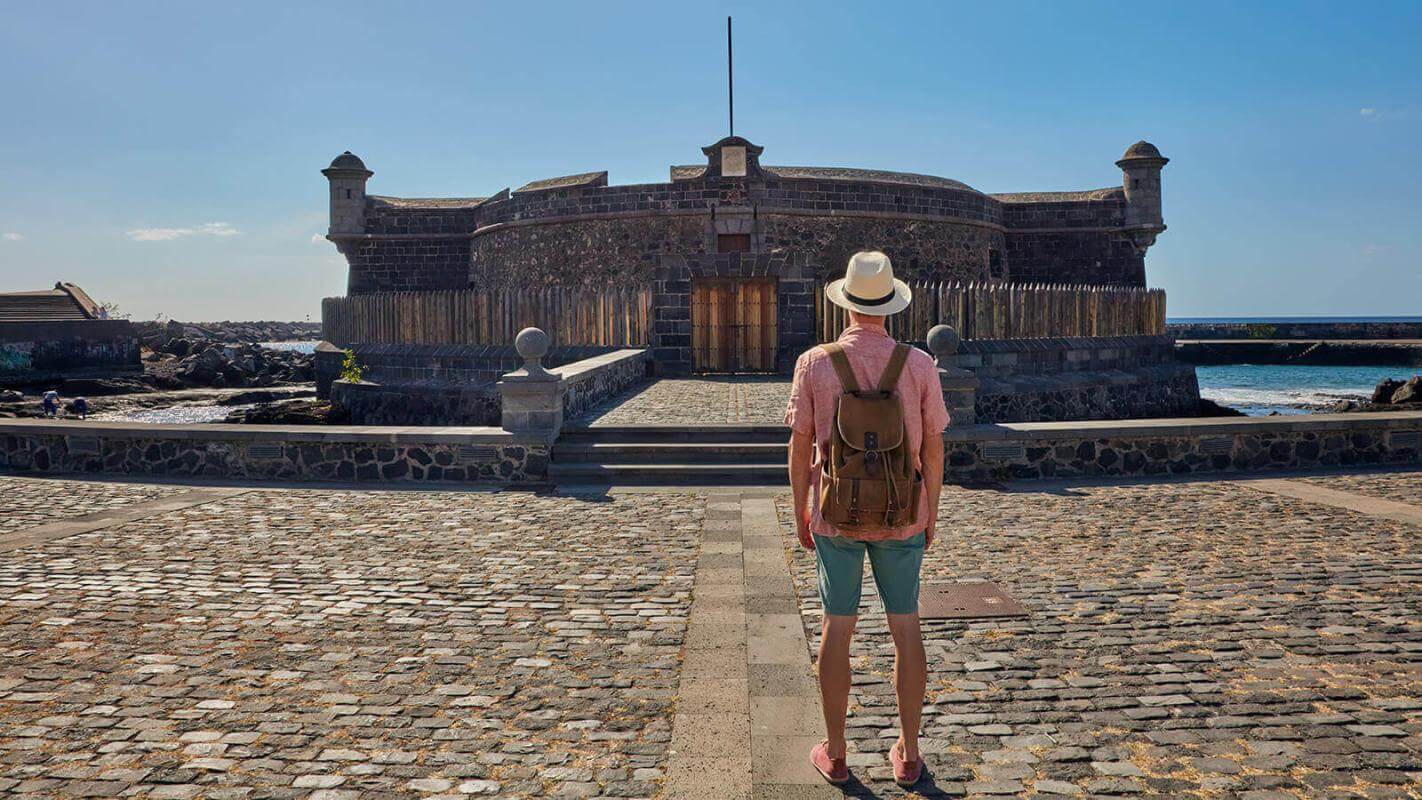After being conquered, the archipelago played a crucial role in the arrival in America and the development of global trade. Its strategic location meant it was a connecting point between the Old and the New World, and this volcanic region’s warm temperatures made it ideal for adapting vegetables such as potatoes or coffee to the European climate. An age of prosperity that also attracted much-dreaded privateers and pirates to the coast of the Canary Islands.
Canarian ports have been tremendously popular since the 16th century. The space that now showcases transatlantic liners and pleasure boats was once occupied by big ships that sailed back and forth from the recently-discovered American continent. With ocean voyages of up to 8 months, for fleets, the Canary Islands were a mandatory stopover to stock up on supplies and trade. This was how the first crops came, as well as Flemish art and the attacks that pirate ships wreaked on the archipelago.
Sugar cane, the crop that made the Canarian economy flourish
The history of the Canary Islands has strong roots. The barley brought by the indigenous people, which still grows on Gran Canaria; the orchilla lichen that attracted the first explorers, which can still be found in the wild; or indeed the sugar cane plantations. The latter were brought by the conquistadors, who decided to use the new lands to set up an entire economy based on the export of this crop, because there was a huge demand for it among European elites, and it was already being successfully harvested on other Macaronesian islands.
Sugar cane covered vast extensions of land in La Palma, La Gomera, Gran Canaria and Tenerife, since they were the only islands capable of meeting the significant needs of the crop, and of providing sufficient wood to keep the sugar mills operational. The ploughing of land and cutting-down of trees led to the disappearance of huge swathes of jungle, especially on Gran Canaria, where at present just 1% of what was once the dense jungle of Doramas remains, of which the priest José Viera y Calvijo wrote that “the sun has never penetrated the labyrinth of its branches”. Today, one can still see some sugar plantations on the islands of La Palma and Gran Canaria, where they continue to function centuries on, thanks to the work of local farmers.
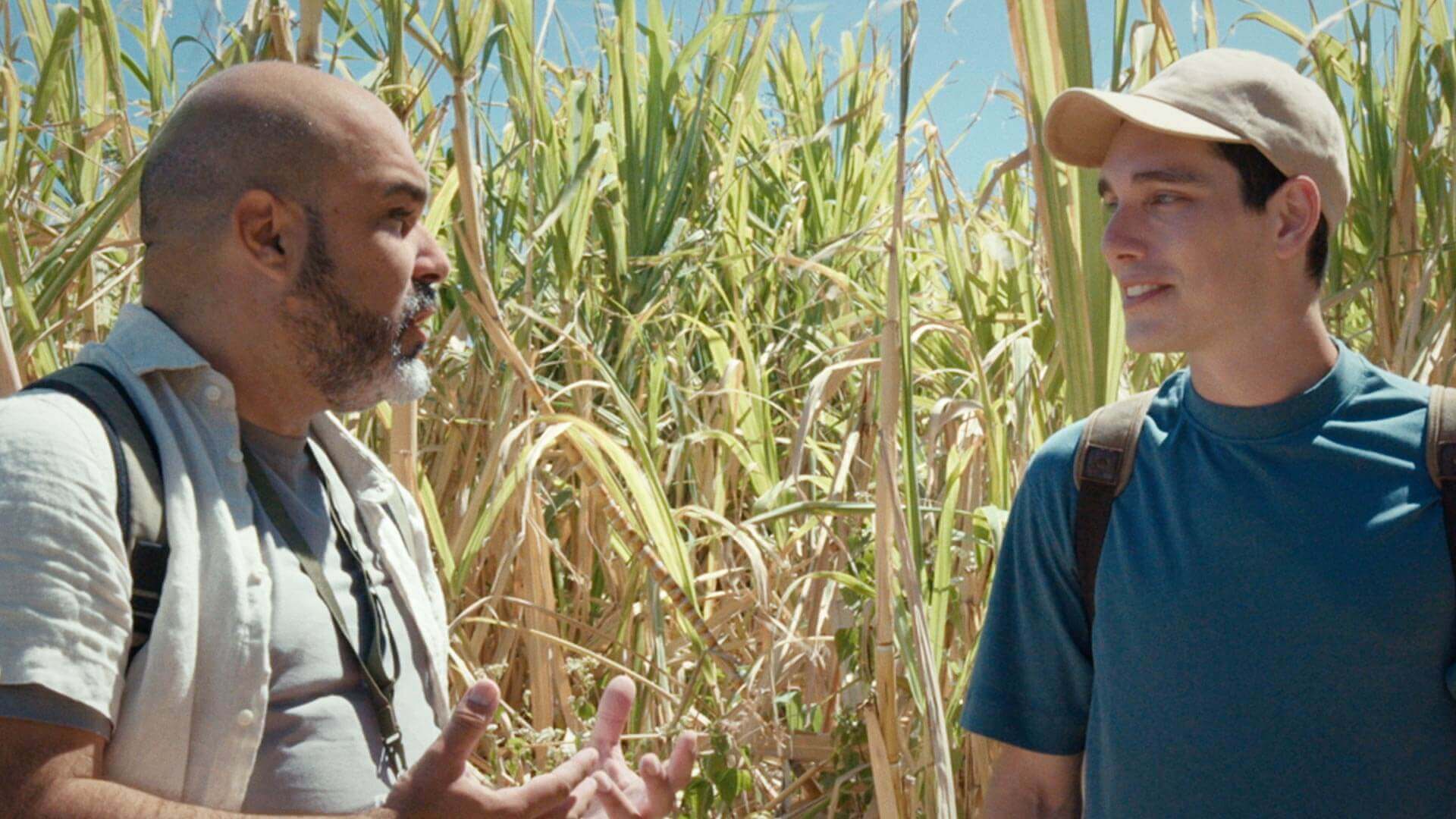

The first European home for many vegetables
The to and fro of vessels from America allowed the crown of Castile to stockpile seeds and exotic plants from America and Asia, but the cold European winter prevented them from developing. This drove king Charles III of Spain to sign a Royal Order to take advantage of the warm Canarian climate and construct the La Orotava Acclimatisation Garden in Tenerife at the end of the 18th century, making it Spain’s second-oldest botanical garden.
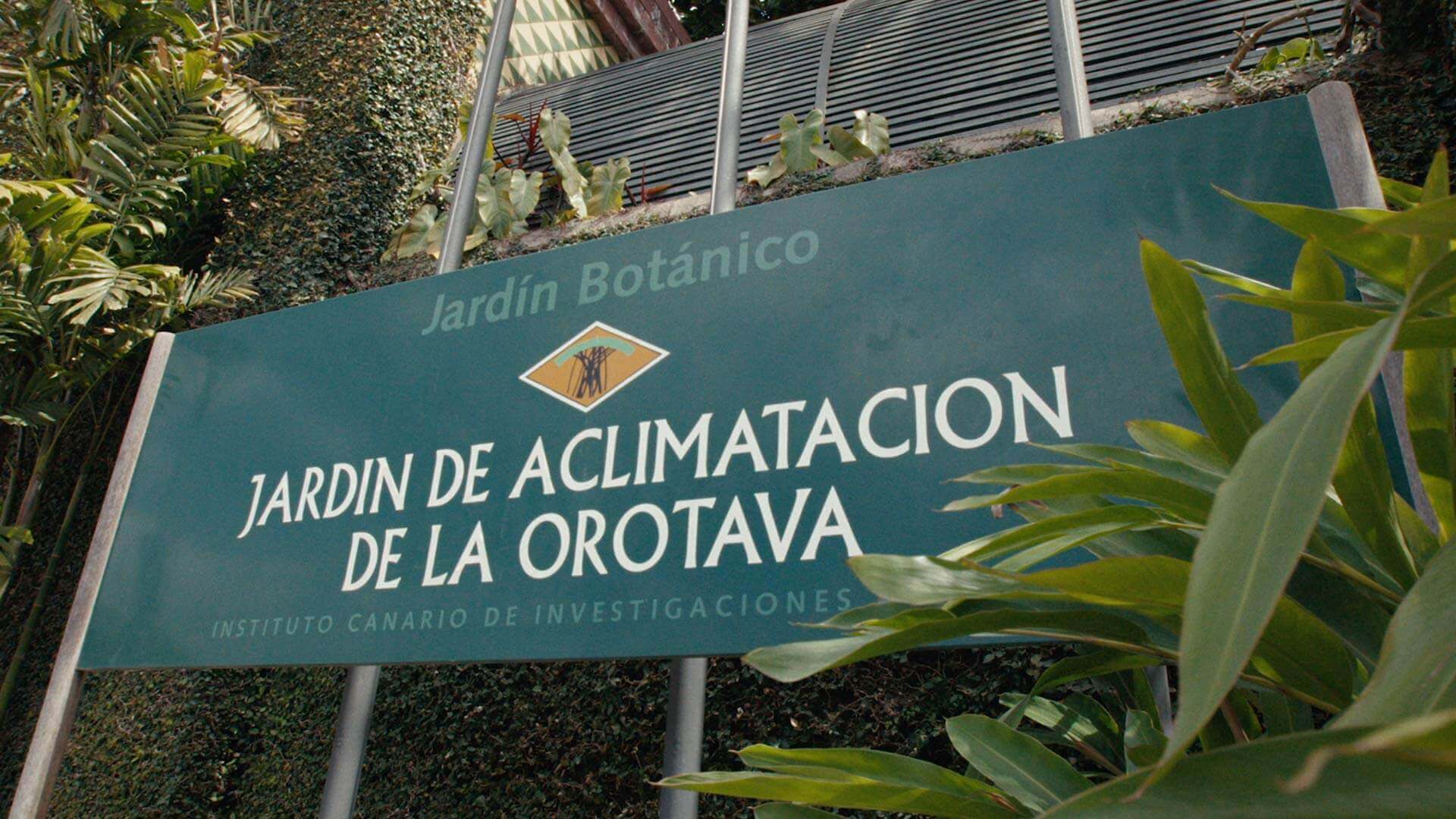

Currently known as the Puerto de la Cruz Botanical Garden, this was where the very first coffee trees arrived in 1788. After adapting, many were replanted in the valley of Agaete in Gran Canaria, the only place in Spain where coffee is still harvested. But coffee is not the only example. Maize and potatoes not only made the Canary Islands their first home in Europe, but also became basic ingredients in the local gastronomy. No wonder then that one of the archipelago’s top specialities is the papa arrugá, made with an ancient potato that has had protected designation of origin for years now.
The arrival of pirates and privateers
Trade and agriculture brought prosperity to the archipelago, but also major threats. Pirate fleets wasted no time in setting sail for the Canary Islands in search of booty.
One of the most famous was the Dutch privateer Pieter Van der Does, who in 1599 led a squadron of 76 boats and 12,000 men, who ended up plundering and setting light to the city of Las Palmas de Gran Canaria, which at that time had a mere 5,000 inhabitants. But there were many more. The archipelago also suffered attacks by Barbary pirates like Xabán Arráez, French pirates such as Jean Fleury and François Le Clerc - “Peg Leg” -, and a long list of British privateers.
The crown of Castile not only hired local pirates like Amaro Pargo to defend itself: at the end of the 16th century, Philip II commissioned the Italian engineer Leonardo Torriani to visit the islands and report on the state of their defences. He gradually fortified the coasts and ports of the Canary Islands. Proof of this can be found in the towers and castles that are still conserved on the different islands, such as castle of San Miguel, for example, or the towers of Torre de San Andrés on Tenerife and Torre del Águila on Lanzarote, the castle of Santa Catalina on La Palma, the Torreón de San Mártir tower on Gran Canaria and the castles of El Cotillo and Caleta de Fuste on Fuerteventura.
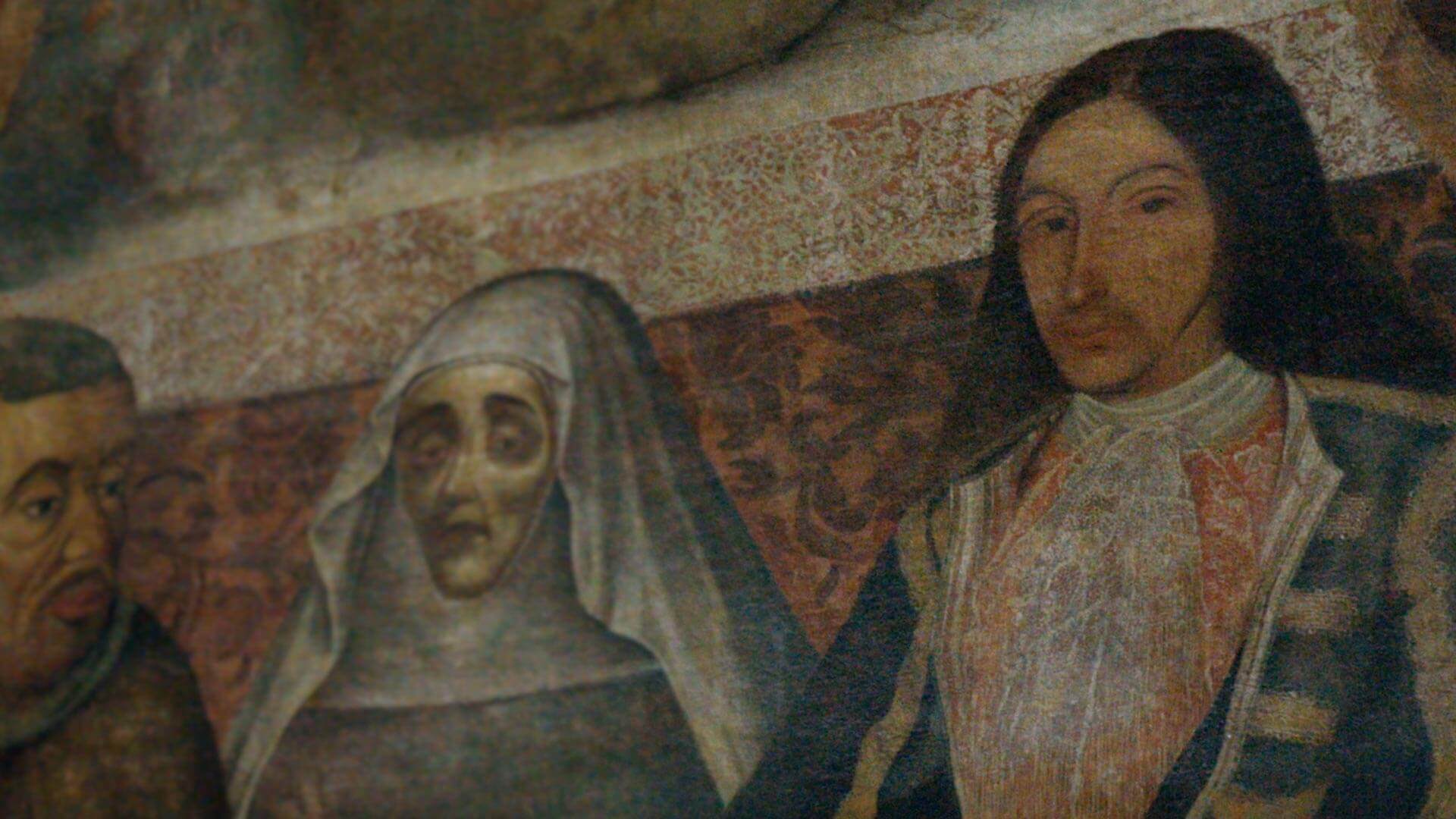

Flemish art and the beginning of the Canarian migrations to America
Several wealthy Flemings saw a great opportunity in the sunny Canary Islands and their emerging crops. The arrival was notable on the island of La Palma, in particular. Its capital, Santa Cruz de La Palma, had a direct connection to Flanders, and as a result its churches were decorated with spectacular collections of Flemish art which they still conserve today.
And while some arrived, others left. This was the case of numerous Canarians who, with the New World now discovered, decided to embark on a journey in search of new opportunities. It was thanks to them that cities like Montevideo or San Antonio, Texas were founded, among many more.
Islands with much more to tell
Aside from the trade routes and piracy, the Canary Islands have many stories awaiting discovery. Finding out how the indigenous peoples of the archipelago lived, or the influence exerted by the English for centuries, is a superb complement to a few days of sun, beaches, nature and delicious gastronomy.



